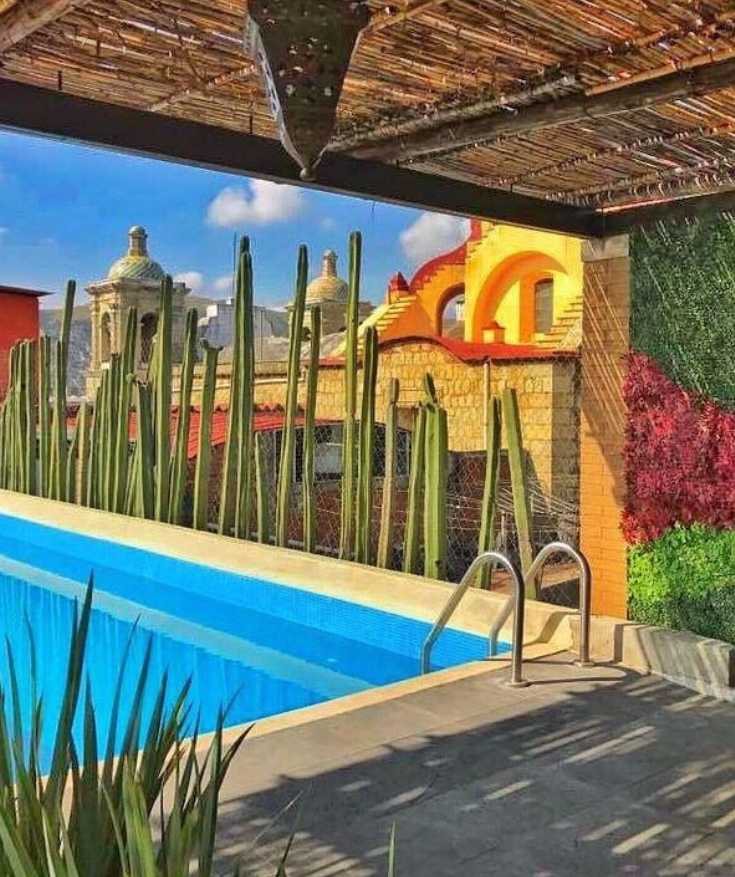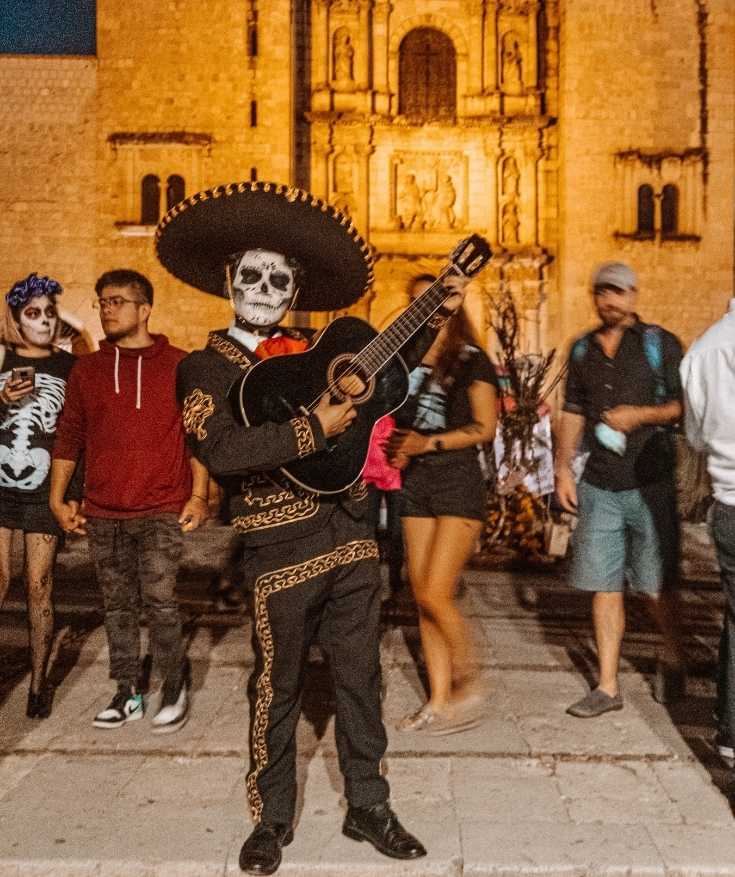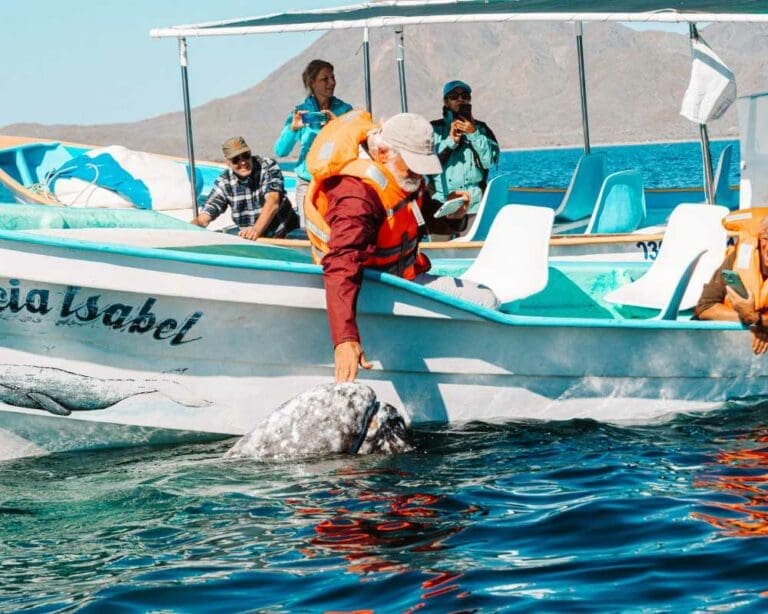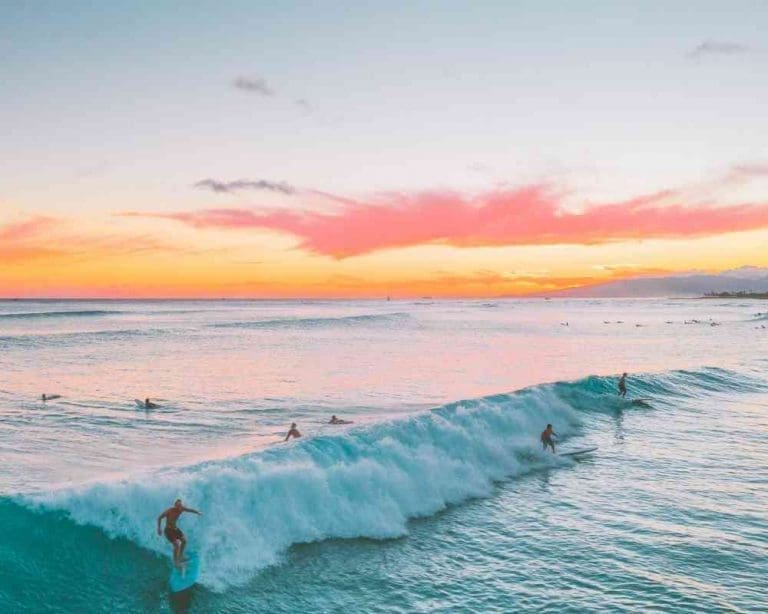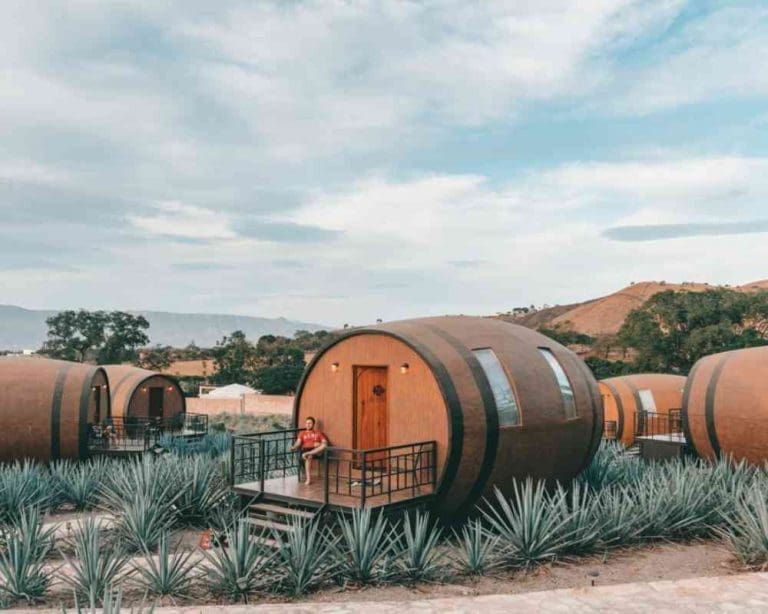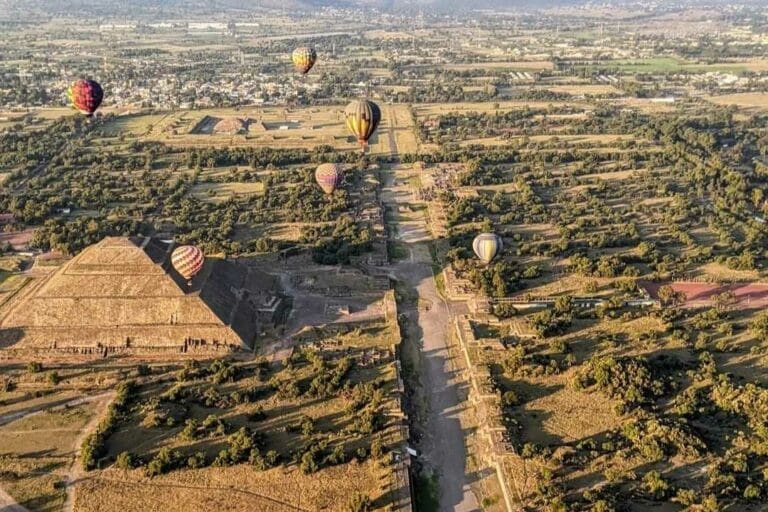50 Pueblos Magicos in Mexico: which one should you visit first?
There are over 100 Mexico Pueblos Magicos, so it can get overwhelming to choose where to go. If you plan to do the magical towns in Mexico, we recommend these ones for first-timers.
Pueblos Magicos (Magical Towns) are designated to Mexican villages that were able to preserve the old architecture of their buildings and infrastructure, as well as their folklore, culture, and history.
A Pueblo Magico is a like living museum that allows visitors to experience the magic of the past authentically.
Pueblos Magicos is an initiative by the Secretariat of Tourism of Mexico.

The towns that were successfully declared as a pueblo magico receives government funding that they can use to improve the infrastructures in the town and for tourism purposes.
If a town wants to qualify for this program, it should meet the following requirements: a population of at least 5000; not more than 300 km from a city (about 3 hours away by land travel); has a well-resourced market; good connectivity.
The state authorities may request an assessment from the Secretariat of Tourism, which will determine if a town meets the criteria to become one of the Mexico pueblos magicos.
🧐 Questions about Mexico? Ask us on Tiktok.

Mexico Pueblos Magicos: quick links
- Best Mexico pueblo magico: San Cristibal de las Casas, Chiapas
- Best Pueblo Magico for young travelers: Sayulita, Nayarit
- Best Pueblo Magico by the beach: Isla Mujeres, Quintana Roo
- Most popular Pueblo Magico: Tulum, Quintana Roo
- State that has the most pueblos magicos: Puebla, Mexico
🗺️ Mexico Pueblos Magicos Map
Below is a map of Mexico Pueblos Magicos. Save it on your mobile phone to have easy access and know the exact destinations of each magical Mexico magical town.
🪅 50 Mexico Pueblos Magicos
There are over 132 magical villages in Mexico, so it can be overwhelming to determine which ones are worth visiting. So here’s the list of the best Mexico pueblos magicos.
#1: Sayulita (Nayarit)
Sayulita is one of the five Mexico pueblos magicos in Nayarit, Mexico. The town is located along the Pacific Ocean and north of Banderas Bay.
It boasts picturesque views of rocky cliffs, coves, and sandy beaches. Sayulita is a popular surfing town with over 19 breaks on the Pacific Ocean from Punta de Mita to Veneros.
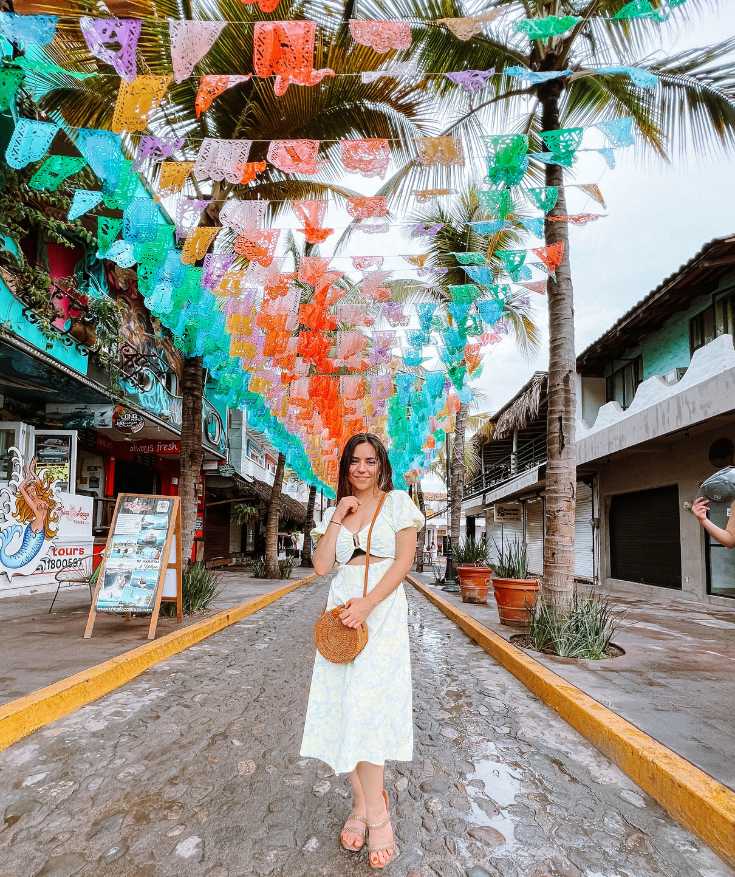
The rich culture of Sayulita is reflected in its art, music, food, and festivals. Sayulita’s cuisine combines traditional dishes and international flavors.
#2: Todos Santos (Baja California Sur)
Todos Santos is a small coastal town in Baja California Sur, on the Pacific coast. It was declared a pueblo magico in 2006 for its rich history and culture.
The town was founded in 1723 by Jesuit missionaries. The people here managed to preserve a lot of the old Spanish-style architecture, like the Iglesia de Nuestra Señora del Pilar de Todos Santos, where visitors can see a collection of religious art that dates back to 1747.

Todos Santos is also referred to as a bohemian art colony as it provides a haven to prominent and amateur artists from Mexico and other parts of the world.
#3: Loreto (Baja California Sur)
Aside from Todos Santos, there’s another pueblo magico in Baja California Sur, and that’s Loreto. The town received the distinction in 2012.
Loreto was founded in 1697 and was once the capital city of the Province of Californias until 1777.
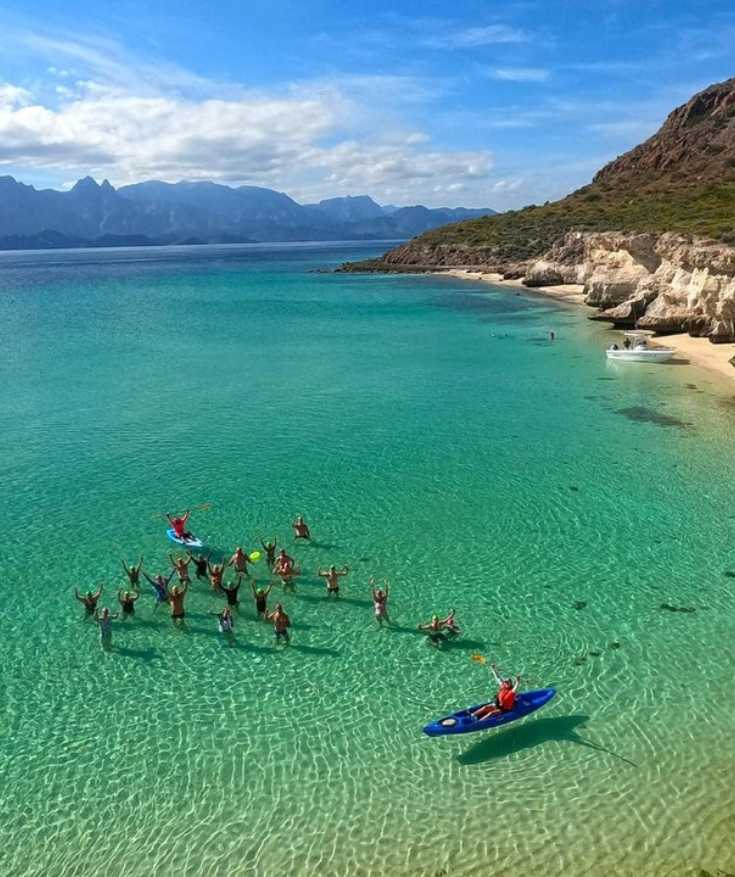
Likewise, Loreto has well-preserved historical monuments from the 18th to 20th centuries, including the Mission of Our Lady of Loreto, The Ruins of Mission of San Bruno, the Mission of Saint Francis Xavier, and the Jesuit Missions Museum.
#4: San Cristobal de Las Casas (Chiapas)
📍 San Cristobal de Las Casas Mexico
San Cristobal de las Casas is one of the four magical towns in the state of Chiapas. Also known locally as Jovel, the town is regarded as the Cultural Capital of Chiapas.
It has been a pueblo magico since 2003 for its historical relevance and culture. Spanish colonial buildings dotted the town, especially in the city center.
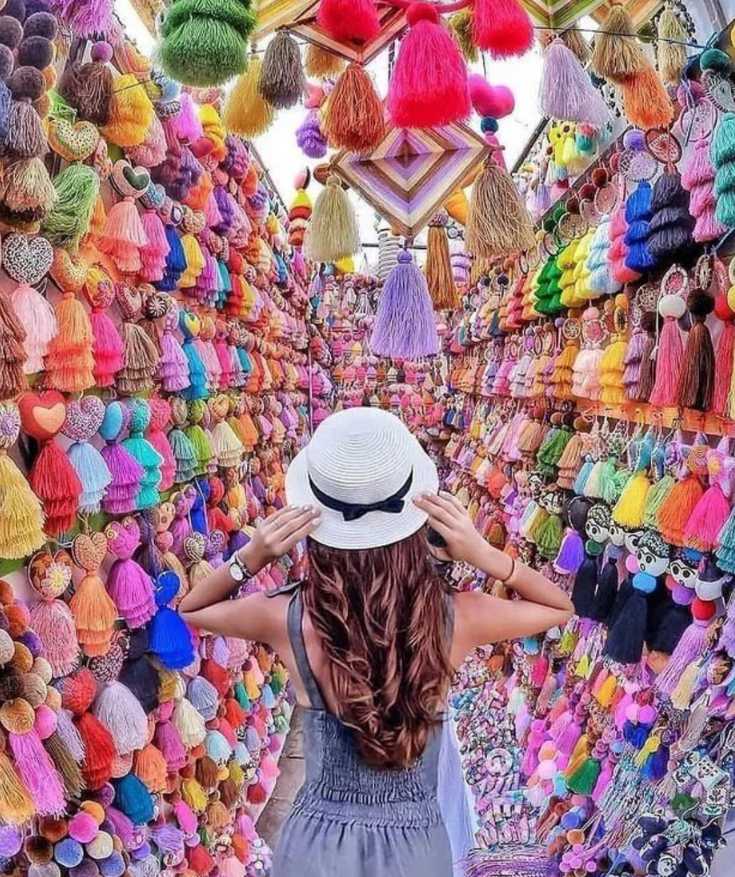
The town’s rich culture is mainly associated with two indigenous communities, the Tzotzils and the Tzeltals.
These two communities produce textiles, ceramics, filigree jewelry, wrought iron, amber pieces, and other crafts.
#5: Chiapa de Corzo (Chiapas)
Another pueblo magico in Chiapas declared in 2012 is Chiapa de Corzo. It’s located in the western central part of Chiapas, about 15 km east of Tuxtla Gutierrez.
The town’s historical significance is one of the most vital bids to becoming a pueblo magico.
At the Regional Museum of Anthropology and History of Chiapas, visitors can see artifacts of the Mixe-Zoque-Olmec culture, the ancient city’s development, and other important records that tell the story of Chiapas people.
Chiapa de Corzo is also home to some of the oldest and most beautiful architecture, like the La Pila, a brick, Moorish-style fountain built in 1562.

Other important sites are the La Pochota kapok tree, the Los Portales from the 18th century, and Iglesia Grande (big church).
The town hosts Fiesta Grande de Enero every January as a tribute to three patron saints, Our Lord of Esquipulas, Anthony the Great, and Saint Sebastian.
This festival has been recognized by UNESCO and is included in the list of Intangible Cultural Heritage. The highlight of the event is the Dance of Parachicos.
#6: Palenque (Chiapas)
Recognized as a pueblo magico in 2015, Palenque is located in the northern part of Chiapas. It has a large population of the indigenous group, Ch’ol of Mayan descent.
The Palenque archeological site, dated ca. 226 BC to ca. 799 AD, is one of the most important tourist attractions in Chiapas and the main reason it’s been awarded a magical town.
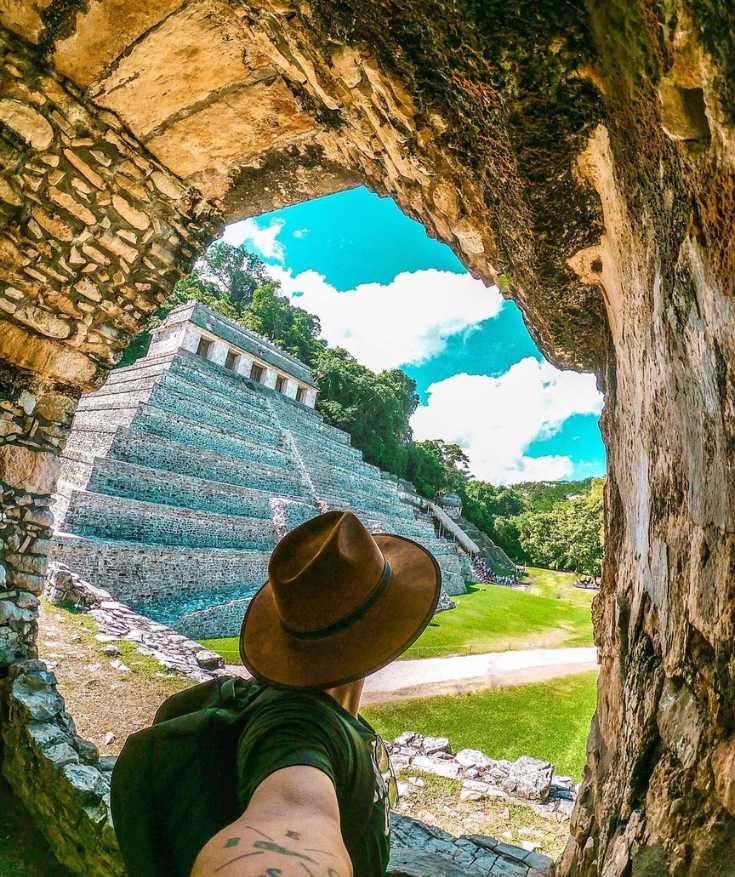
It’s located about 7 kilometers from the city. It’s one of the three sites included in the Maya Route; the others are Yaxchilan and Bonampak in Lacandon.
There you will find the Temple of the Inscriptions, known for its large number of glyph inscriptions and as the final resting place of K’inich Janaab Pakal or Pacal the Great.
#7: Creel (Chihuahua)
Creel is one of the three Mexico pueblos magicos from Chihuahua, declared as such in 2007. It was named after Enrique Creel, former governor of Chihuahua.
The town is home to Raramuris, a Native American group.
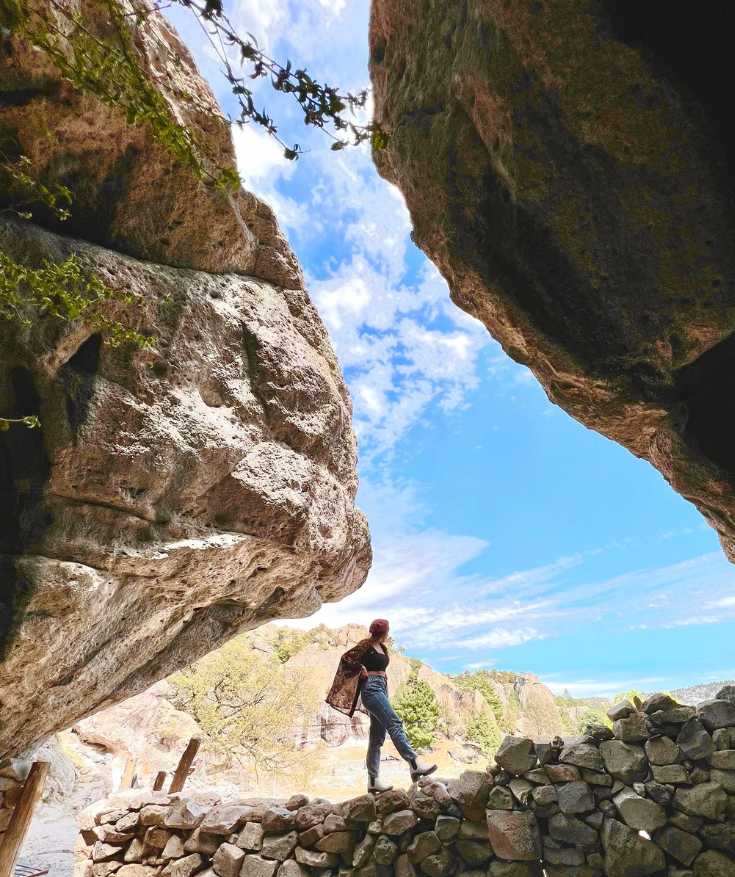
Some of the best sites in Creel are Lake Arareko, Cusarare Waterfall, the Valley of the Mushrooms, Copper Canyon, and Tarahumara Cave.
You will also find the second-highest waterfall in Mexico in this town, the Basaseachic Waterfall.
#8: Batopilas (Chihuahua)
Declared a magical town in 2012, Batopilas is found along the Batopilas River in the state of Chihuahua. The town was known for its silver-mining industry from the early 18th to the 20th century.
Visitors can check out mansions from the 18th and 19th-century, such as Casa de Manuel Gomez Morin, Casa de Raya, Cural, and Casa Barffuson.
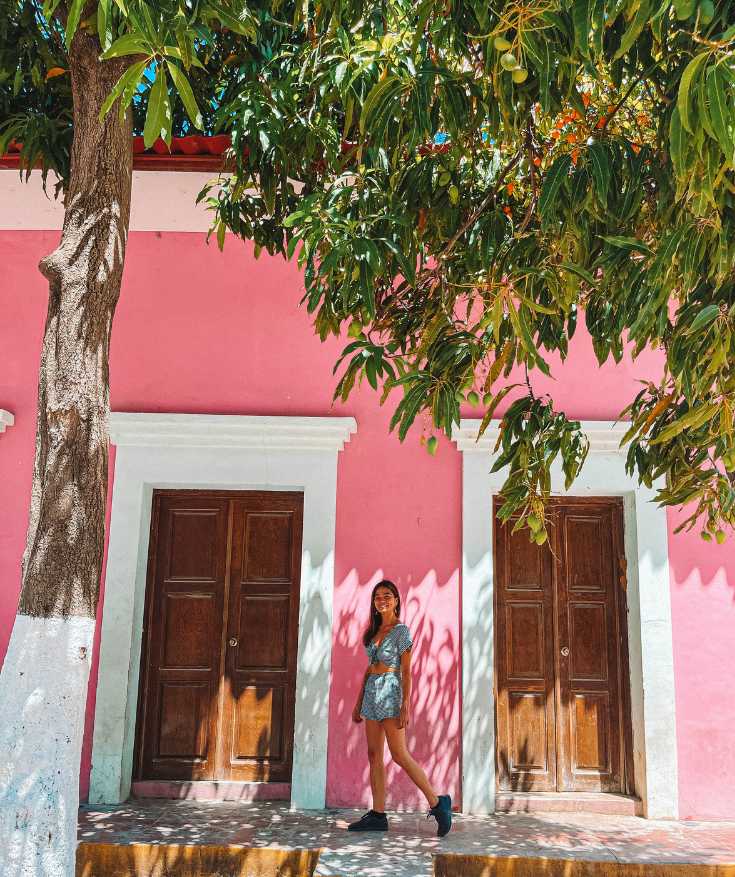
Perhaps the most notable mansion is Hacienda San Miguel, previously owned by Alexander Robert Shepherd, an American visionary, called Magnate de la Plata (silver magnate).
In the main square, another popular site to see is Templo de la Virgen del Carmen, built in the 17th century by the Jesuits.
#9: Parras de La Fuente (Coahuila)
Parras de La Fuente (also called Parras) is one of the seven Mexico pueblos magicos from Coahuila, earning the distinction in 2004.
Apart from being a magical town, Parras was also a declared Historical Monument Zone in 1998. The town is known for its cultural, gastronomic, and artistic contribution to Mexico.
It is also the birthplace of the American continent’s first wine cellar (Casa Madero, formerly Hacienda San Lorenzo).
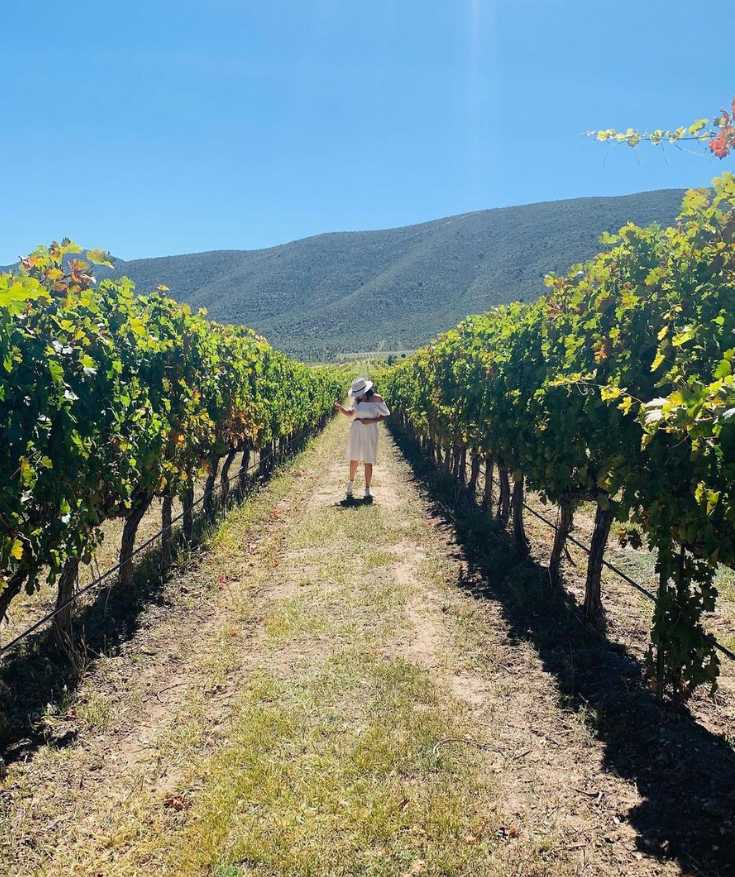
Vineyard tours are offered to check out the best vineyards in the town, including Casa Madero.
Parras de la Fuente’s historical sites are also some of the best attractions in the town, such as the Municipality President’s building, Hostal el Farol, the 17th century San Ignacio de Loyola church, and Santo Madero church.
#10: Cuatrocienegas de Carranza (Coahuila)
Cuatrocienegas de Carranza is in the dessert region of Coahuila. It received its Mexico pueblos magicos designation in 2012 for its diverse ecosystem.

The town is considered an oasis in the desert because of its unique biosphere. Some of its best attractions are Pozal Azul, a protected wetland famous for its clear, turquoise water.
La Poza de Becerra, home to many endemic species, and Las Dunas de Yeso, the largest white-colored dunes in Mexico.
#11: Arteaga (Coahuila)
Arteaga was formerly named San Isidro de las Palomas by its first inhabitants, the Tlaxcala people. It was renamed Arteaga in 1866 after General Jose Maria Arteaga Magallanes, a former governor.
Locals enjoy the all-year-round temperature of 72ºF (22ºC) in this region, thus earning the nickname “Switzerland of Mexico.”

It’s situated at the foot of the Sierra Madre Oriental, a famous mountain range in the northeastern part of Mexico.
It earned the Mexico Pueblos Magicos status in 2012 for its natural beauty. Snow-capped mountains, skiing adventures, and world-class ski resorts draw tourists to this area.
It’s also a beautiful town with numerous colonial buildings, like the San Isidro Labrador church built in the 18th century and Casa Carranza museum.
#12: Comala (Colima)
Comala is the only pueblo magico from the state of Colima, earning the status in 2002.
The town’s name Comala came from the Nahuatl word “comalli,” meaning “place where they make comales (clay griddles).
It’s home to the indigenous populations of Toltec, Nahuatl, Chichimec, ann Tarasca.
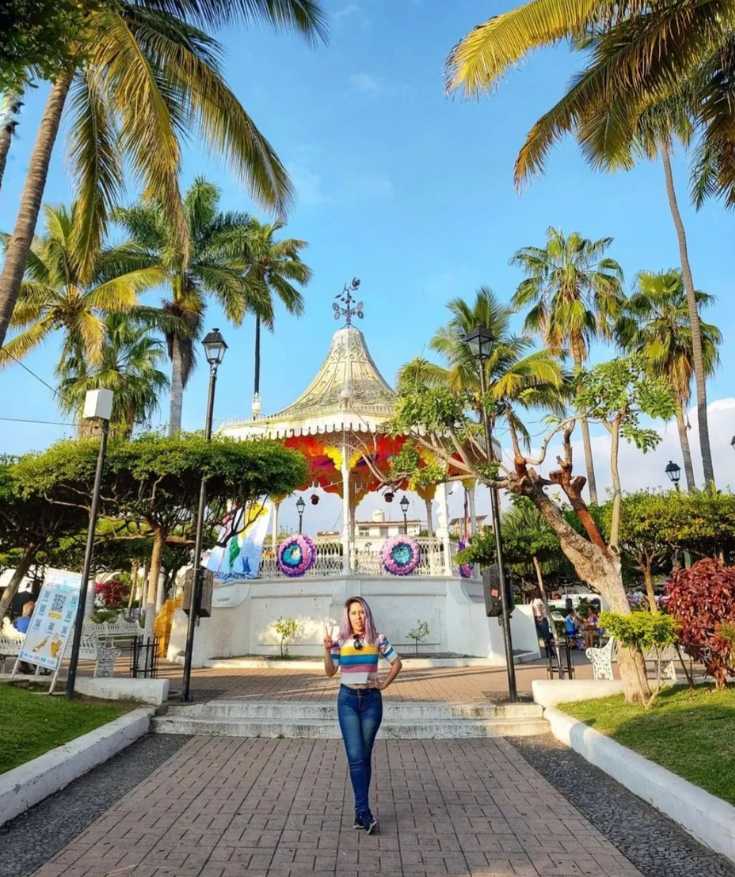
Comala is known as the “White Village of America” because of the white-painted buildings found within the town. Many of these buildings have been in existence since the 1960s.
#13: Nombre de Dios (Durango)
Nombre de Dios is one of the two Mexico pueblos magicos from Durango, earning the status in 2018. It was founded in 1562 and is the oldest town in Northern Mexico.

The town is included in UNESCO World Heritage’s Camino Real del Tierra Ardente. The city has numerous mezcal shops, old churches and convents, and old buildings.
Nombre de Dios is also the birthplace of gorditas, a popular Mexican snack, and scorpion mezcal.
#14: Dolores Hidalgo (Guanajuato)
Dolores Hidalgo is in the north-central part of Guanajuato state. It was included as a Pueblo Magico in 2002 for its historical significance, being the birthplace of Mexico’s War of Independence from Spain.
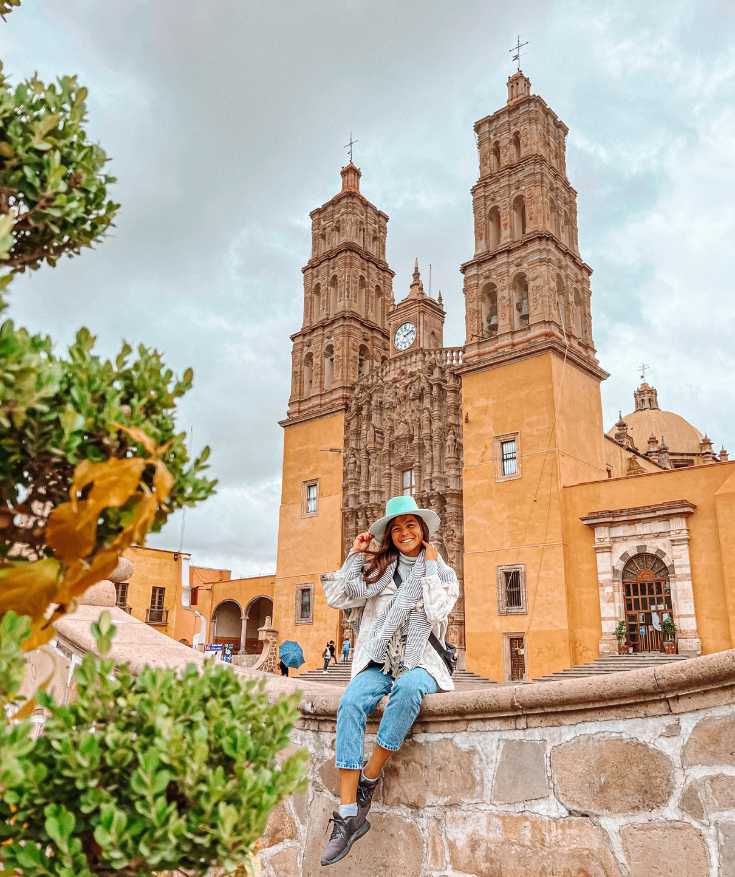
The event led to the Hidalgo Revolt and thus began the decade-long war for independence.
Today, Dolores Hidalgo has a thriving ceramics industry, with the products reaching other parts of Latin America and the United States.
The town is also a tourist destination, and some of its famous attractions are Nuestra Senora de Los Dolores Church, Casa Hidalgo Museum, and Centro Historico.
#15: Mineral de Pozos (Guanajuato)
One if not the most unique pueblo magico is Mineral de Pozos in Guanajuato.
It used to be a mining town between the 19th and 20th centuries, but when the mines ceased operations, the residents eventually left and now, the city lies abandoned.
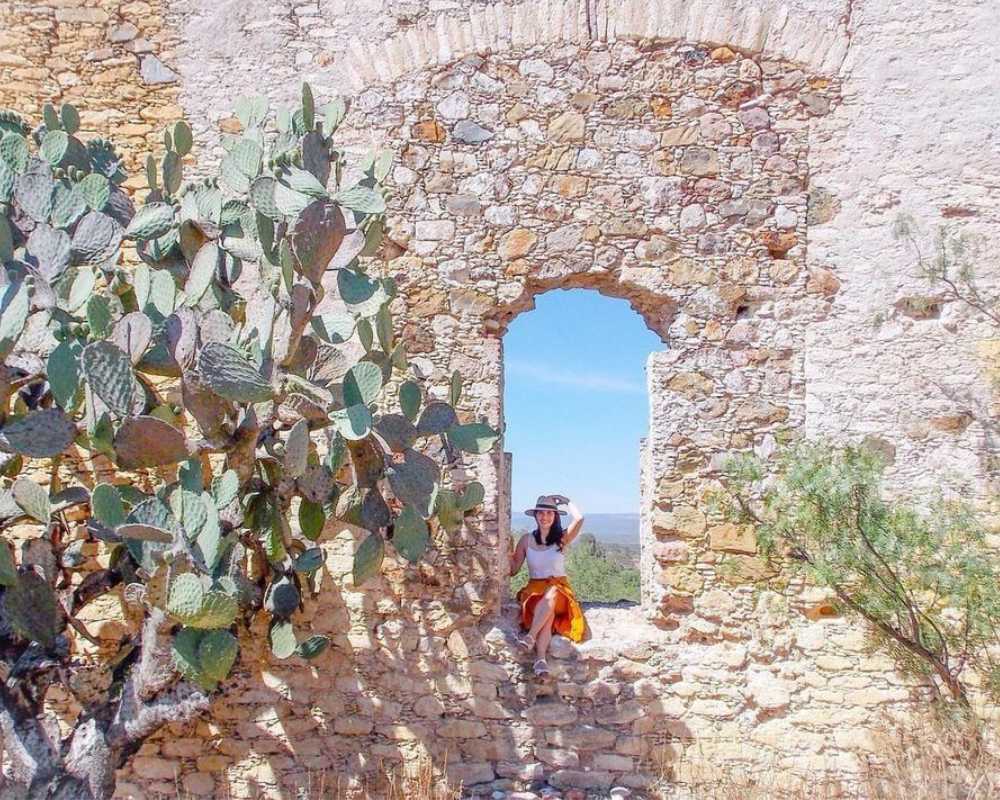
It’s now known as a ghost town, retaining the look of its streets and buildings after all these years. It’s for this reason precisely that Mineral de Pozos continues to attract tourists.
Besides having an opportunity to glimpse the past, visitors may also check out the lavender fields and the beer spa at La Casona Minera Boutique Hotel.
#16: Taxco de Alarcon (Guerrero)
Taxco sits on rugged terrain; thus, the streets are generally narrow, irregular, and steep.
The hilly landscape, cobblestone streets, and Spanish-colonial buildings have given the town that old-time charm and a touristic appeal.
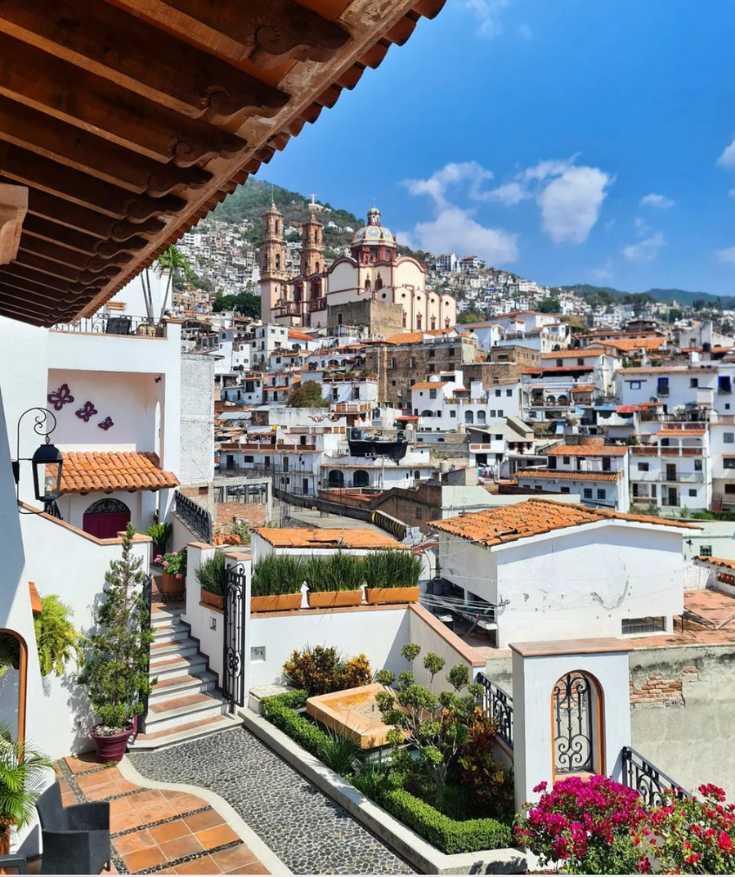
It had a thriving silver mining industry until mining companies closed in 2007. However, the town maintained its reputation for creating silverwork with several shops and museums around the city.
Other famous tourist sites in the Taxco are Plaza Borda, also known as Zocalo, Casa Borda, Parish of Santa Prisca y San Sebastián (or Santa Prisca Church), William Spratling Museum, Museum of Viceregal Art, and Ex-Hacienda del Chorrillo.
#17: Zimapan (Hidalgo)
Zimapan is one of the 84 municipalities in the state of Hidalgo.
The name of the town was derived from the Nahuatl word “cimatl” (cimate) and “pan” (inside or over), meaning “inside the cimate.” Cimate is a root used for ferment pulque, an alcoholic drink.
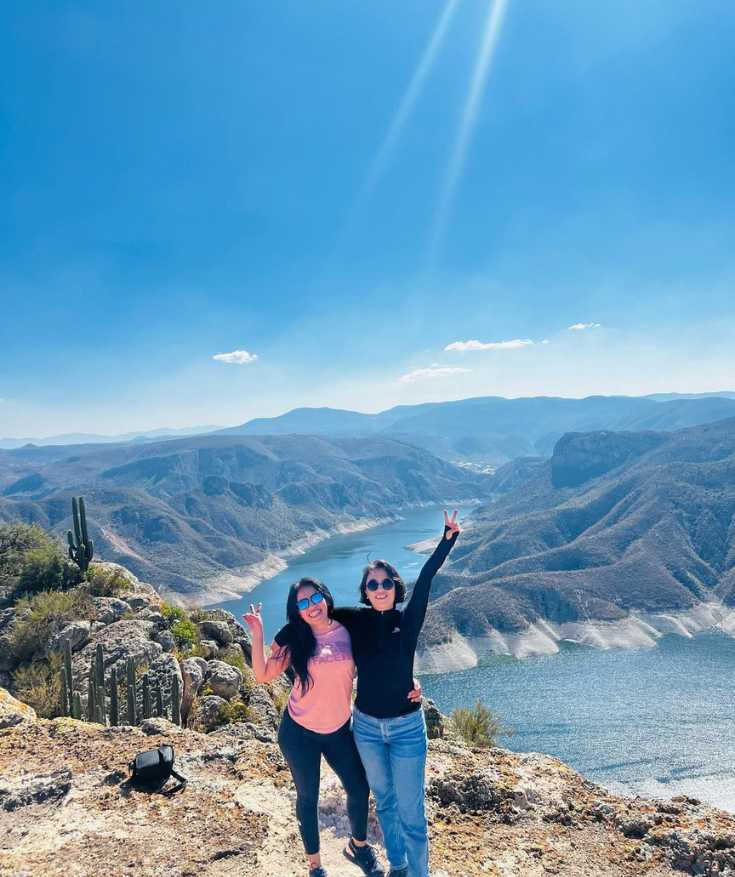
Moreover, the Los Marmoles National Park is another tourist destination in Zimapan. The park is known for majestic oak trees, hiking trails, zip-line facilities, stone ruins, and remote villages.
#18: Huichapan (Hidalgo)
Huichapan is another town found in the state of Hidalgo. It was named a Pueblo Magico in 2012 for its historical, architectural, and culinary contributions.
In Centro Historico, tourists will find old buildings, such as the Capilla del Tercer Orden, the Chapel of the Virgin of Guadalupe, and the historical El Chapitel, the first cry of independence was heard in 1812.

Other attractions in Huichapan are Jardin Central, Palacio Municipal, La Casa del Diezmo, built by the Spanish to collect tithes, and Parque Ecoturistico Los Arcos del Saucillo for horseback riding, mountain biking, and rappelling adventures.
Huichapan is where you can sample some of Mexico’s exotic dishes, like escamoles (ant eggs) and chinicuiles (Maguey worms).
#19: Tequila (Jalisco)
Tequila, the birthplace of the world-renowned drink of the same name, is a municipality in the state of Jalisco. Its name was derived from the Nahuatl word “tecuila”, meaning “place of tribute.”
Because of the history and the popularity of the mezcal drink, “tequila,” made from the blue agave plant, the town was declared a UNESCO World Heritage Site.
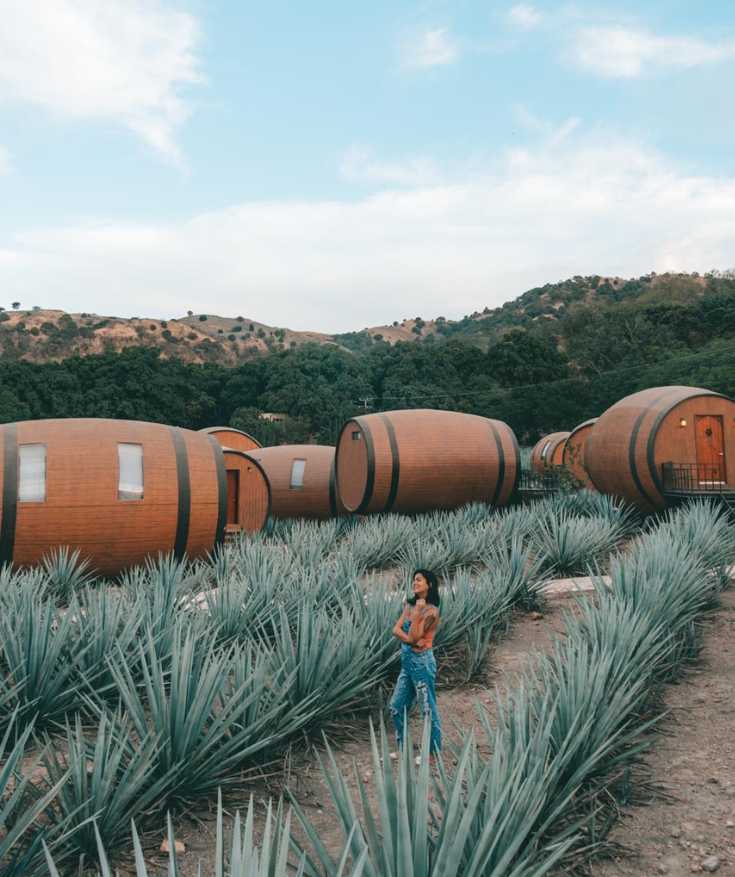
For the same reason, Tequila became a Pueblo Magico in 2003. Indeed, the impact of this agave drink is so huge it’s deeply ingrained into the Mexican culture and has become a part of its people’s identity.
Tourists ride the Tequila Express that takes them to these cities and allow them to tour around tequila distilleries, blue agave fields, and some cultural and archaeological sites.
#20: Mazamitla (Jalisco)
Mazamitla is a municipality in Jalisco located 124 km south of Guadalajara. The town was founded in 1165 by the Aztecs. Its name means “where deer hunting arrows are made” from the Nuahtl language.

It became a Pueblo Magico in 2005 for its natural environment. It’s dubbed “Mexican Switzerland” because of the lodges and cabins reminiscent of Switzerland.
Among the best attractions in Mazamitla are the Church of San Cristobal, Cascada El Salto, Iglesia de Mazamitla, and Plaza Municipal José Parres Arias.
#21: Talpa de Allende (Jalisco)
Talpa de Allende was founded by the Spaniards in 1599 and named after General Ignacio Allende, a Spanish captain who fought alongside Mexican rebels for Mexican independence.
The mining town gained its Pueblo Magico badge in 2015 for its historical and cultural preservation and relevance.

It’s a popular pilgrimage destination where millions of people visit to see La Chaparrita (the short one), a religious statue of the Virgen del Rosario inside Nuestra Señora del Rosario church. Many devotees believe that La Chaparrita can do miracles.
The pilgrimage is called Ruta del Peregrino (Pilgrim’s Route), and it’s about 117 km long. The walk begins from Ameca and ends in Nuestra Señora del Rosario church.
#22: Lagos de Moreno (Jalisco)
Lagos de Moreno is another Jalisco municipality included in the list of Mexico’s Pueblo Magico. It earned the said recognition in 2012 for its cultural and human heritage.
The town was founded in 1563 by Don Hernando Martel, a Spanish conquistador. It was formerly called Villa de Santa Maria de los Lagos (Town of Saint Mary of the Lakes), then later renamed Lagos de Moreno in 1829 in honor of Pedro Moreno, a Mexican hero born in the city.
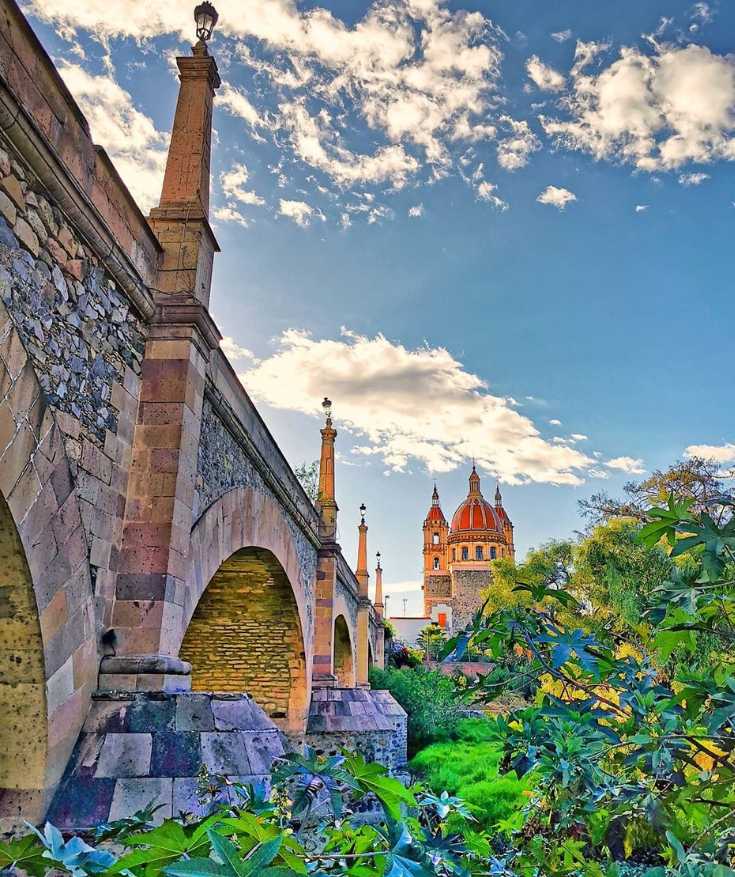
Today, the city is an important cultural and tourist destination. It has preserved many buildings and architecture built in the 17th century.
The Centro Historico de Lagos de Moreno, Templo del Calvario, Sacred Art Museum, and Teatro Jose Rosas Moreno are some of the best tourist attractions.
#23: Tlaquepaque (Jalisco)
Talquepaque is a Jalisco municipality that became a Pueblo Magico in 2018 for its cultural significance and contribution to Mexico. Its name means “place above clay land” in Nahuatl language.
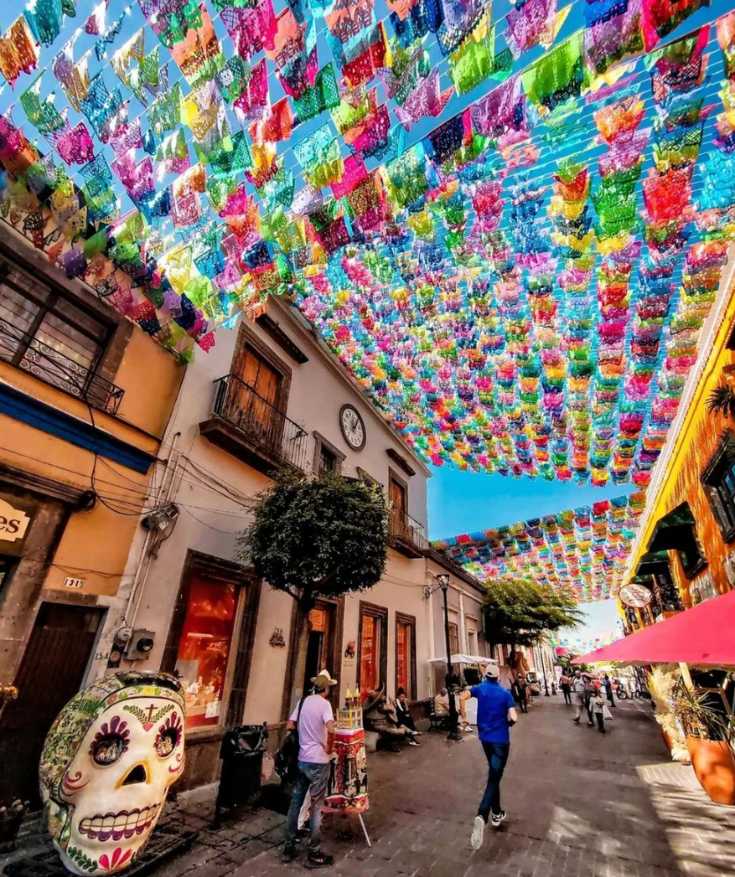
Tlaquepaque is known for its pottery and blown glass industry. It’s also considered a boutique shopping district with numerous trendy shops and restaurants in the town’s plaza.
These shops commonly sell bronze sculptures, wooden furniture, crafts, ceramics, embroidered fabric, and blown glass items.
#24: Tepotzotlan (State of Mexico)
Tepotzotlan is a city in the state of Mexico located in the northeastern part of the capital city.
The name was derived from the Nahuatl language, meaning “among humpbacks,” which refers to the shape of the hills surrounding the town.

The town has successfully restored and maintained its numerous colonial buildings, including the Church of San Francisco Javier and the Museo de Virreinato (Museum of the Viceroyalty), which houses an extensive collection of art and other artifacts from centuries ago.
Other attractions that draw tourists to this city are Xochitla Ecological Park, the Xalpa Aqueduct, and Arcos del Sitio.
#25: Valle de Bravo (State of Mexico)
Valle de Bravo is another municipality in the state of Mexico, just a two-hour drive from the capital city. It had different names in the past, such as Valle de Temascaltepec, Temascaltepec de Indios, Villa de Valle, and San Francisco del Valle.
In 2005, Valle del Bravo was recognized as a Pueblo Magico. Due to its proximity to Mexico City, it’s a favorite weekend destination among city dwellers.

The town is also widely known for hosting the Circuito Avandaro auto racing event, the Festival de Rock y Ruedas, a rock music festival, and the Festival de las Almas, a Day of the Dead celebration.
Some tourist sites in Valle de Bravo are the Temple of Santa Maria Ahuacatlan, Parish of Saint Francis of Asisi, Casa de la Cultura, The Joaquín Arcadio Pagaza Museum, Municipal Boardwalk and Dock, and Jardin Central.
#26: Teotihuacan (State of Mexico)
Teotihuacan is an old Mesoamerican city in the state of Mexico. The name came from the Nuahtl language meaning “birthplace of the gods,” thus it’s also called today “The City of Gods.”
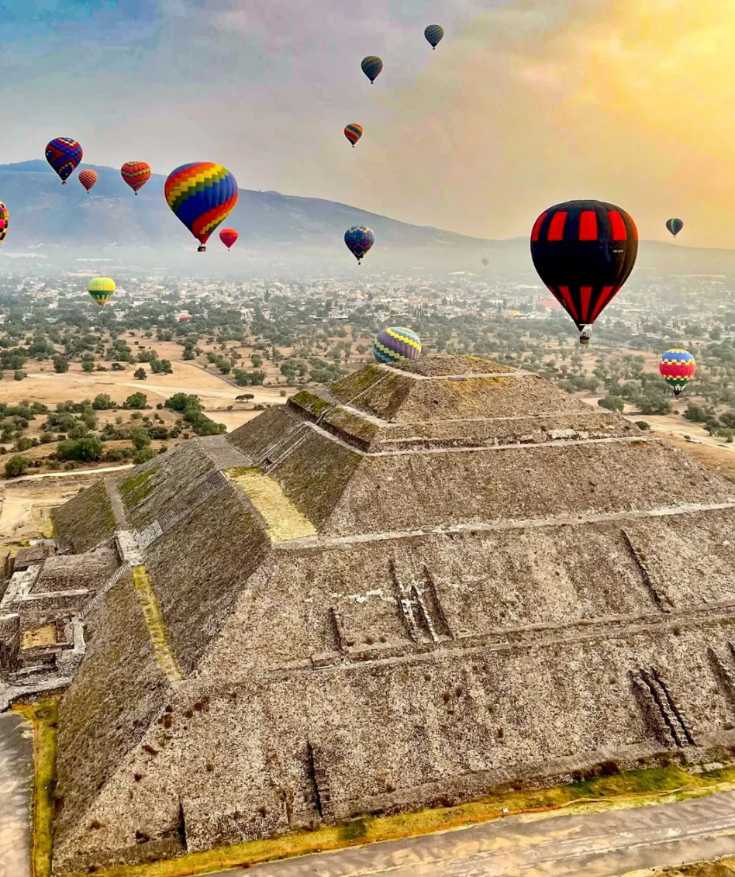
The city is believed to have been established around 100 BCE. The town has preserved the famous archaeological wonder, the Mesoamerican pyramids; thus, it was declared UNESCO World Heritage Site in 1987.
The four main attractions on this site are the Pyramid of the Sun, the Pyramid of the Moon, Templo de Quetzalcoatl, and Museo Teotihuacan.
#27: Ixtapan de La Sal (State of Mexico)
Ixtapan de la Sal is a town in the state of Mexico, located 60 km south of Toluca. It was included in the list of Pueblo Magicos in 2015 for its natural wonders.
The town is a famous tourist destination for its hot springs. There are numerous hotels and resorts next to the thermal springs offering their guests hot spring baths, spas, and other beauty treatments.
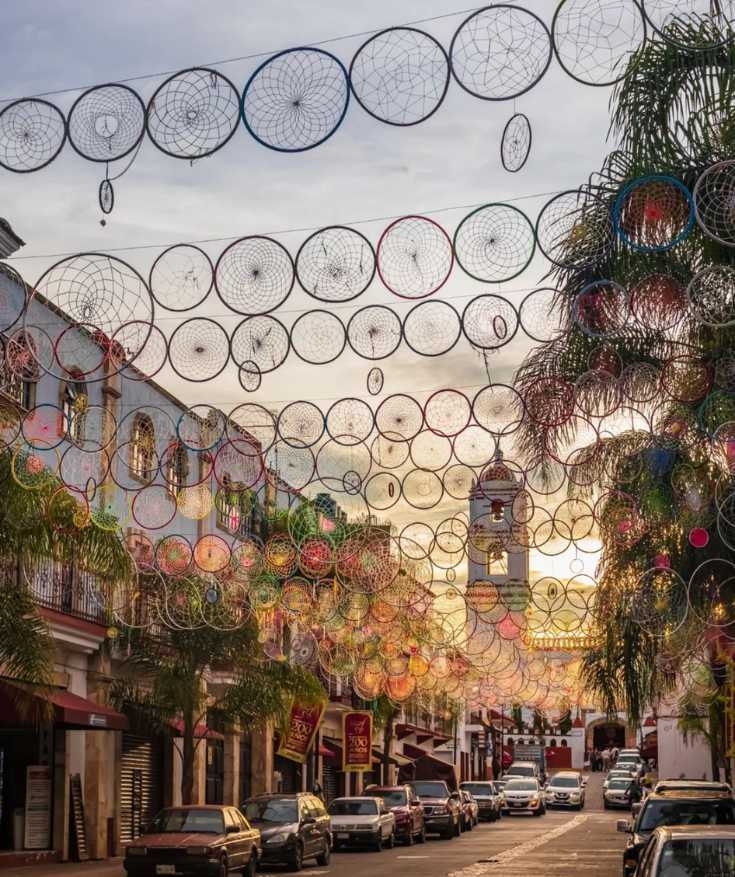
There’s also a thermal water park in the city called Parque Acuatico Ixtapan, which is particularly popular with families for its extreme water slides, wave pools, heated pools, and spa.
Other significant tourist attractions are La Laguna Verde (Green Lagoon); La Asuncion de Maria, a 16th-century church; Plaza de los Martires (Martyrs’ Square), and Las Grutas de la Estrella caverns.
#28: Patzcuaro (Michoacan)
Patzcuaro is one of the nine pueblo magicos from the state of Michoacan. It earned its Pueblo Magico status in 2002 in recognition of the effort to preserve its colonial architecture.
Most buildings have a unified look; white-painted buildings with the bottom part painted in red, red-tiled roofs, and street names written on the sides of the buildings in place of street signs.

Patzcuaro is one of the few cities with the best Day of the Dead celebration. The whole city prepares for the day, including cleaning the cemeteries and decorating the gates of churches with flower arches.
They hold events like craft competitions; Velacion de los Angelitos (wake for the little angels) as a tribute to children who died the year before; and “Teruscan” where kids can run around the town to steal corn, chayote, or squash from the roof of the houses.
#29: Cuetzalan (Puebla)
Cuetzalan is a small town founded by Franciscan friars in 1547. It’s one of the municipalities of Puebla, located in the northern part of the state. It is home to a population of Totonac and Nahua Indians.
The charming town has numerous artisanal shops selling handicrafts and souvenir items.

And because of the town’s geographical features, it’s an ideal place for coffee plantations; hence, you will find one of the best-tasting coffees in Mexico in Cuetzalan.
Cuetzalan’s best tourist attractions include La Cascada de las Brisas, Yohualichan Archaeological Zone, Sanctuary of Our Lady of Guadalupe or Church of Los Jarritos, Celestino Gasca Plaza, Uma Botanical Garden Xoxoctic, La Escondida Eco Adventure Park, and Tosepan Kali Ecotourism Development.
#30: Mazunte (Oaxaca)
Mazunte is a beach town located on the pacific coast of Oaxaca. There are two stories about the origin of the town’s name.
The first is that it means “please deposit eggs here” from the Nahuatl phrase, “maxotetia.” The second story is that it was from the word “mizontle,” a crab species native to the area.
Back in the 1970s, Mazunte was the center for sea turtle hunting. The industry was closed after the precipitous decline in sea turtles.

Today, the town’s economy is based on tourism and natural cosmetics.
Some of its main attractions are the Mexican National Turtle Center, Cosméticos Naturales de Mazunte, and beautiful beaches such as Playa Mazunte, Playa Rinconcito, and Punta Cometa.
#31: Bacalar (Quintana Roo)
Bacalar is a municipality in the state of Quintana Roo. The name means “surrounded by reeds” in the Mayan language. In 2006, it became a Pueblo Magico for its historical significance, traditions, and beautiful attractions.
Spanish conquistadors overtook it in 1543 and established the Spanish town Salamanca de Bacalar.

The main attraction in this town is the Laguna Bacalar (Bacalar Lagoon), a crystalline lake where visitors can do kayaking, sailing, swimming, and fishing.
Another popular tourist destination is Cenote Azule, the nearly 300 feet deep and 600 feet wide sinkhole.
#32: Orizaba (Veracruz)
Orizaba is a city in the state of Veracruz. It’s generally believed that the name came from the Nahuatl word “Ahuilizapan,” which means “place of pleasing waters.”
The town was declared a Pueblo Magico in 2015 for its natural beauty, rich culture, and architectural preservation.
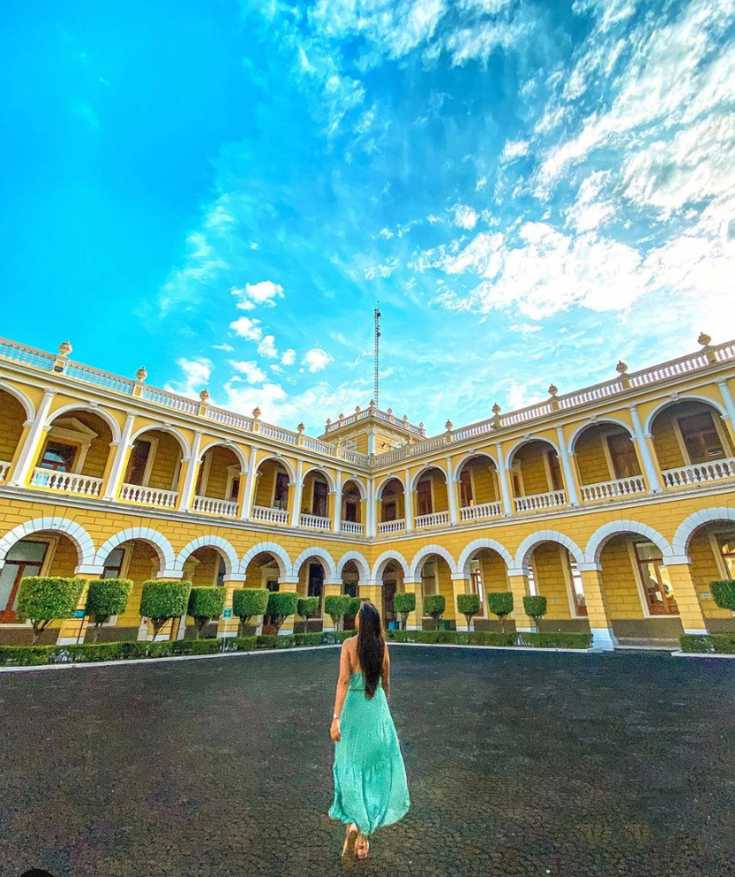
One of the most popular is the El Palacio de Hierro (The Iron Palace), an old city hall designed by Gustave Eiffel, the French engineer who built the iconic Eiffel Tower in Paris, France.
Other important attractions in the city are the Teleférico, a cable car that offers a ride to the top of Cerro Borrego; Orizaba River, and the BIORI Jardín Botánico de Orizaba or Orizaba Botanical Gardens.
#33: Real de Catorce (San Luis Potosi)
Real de Catorce (or simply Real) is situated in the state of San Luis Potosi. Its name means “Royal Fourteen,” referring to the 14 Spanish soldiers ambushed and killed by the Chichimeca warriors.
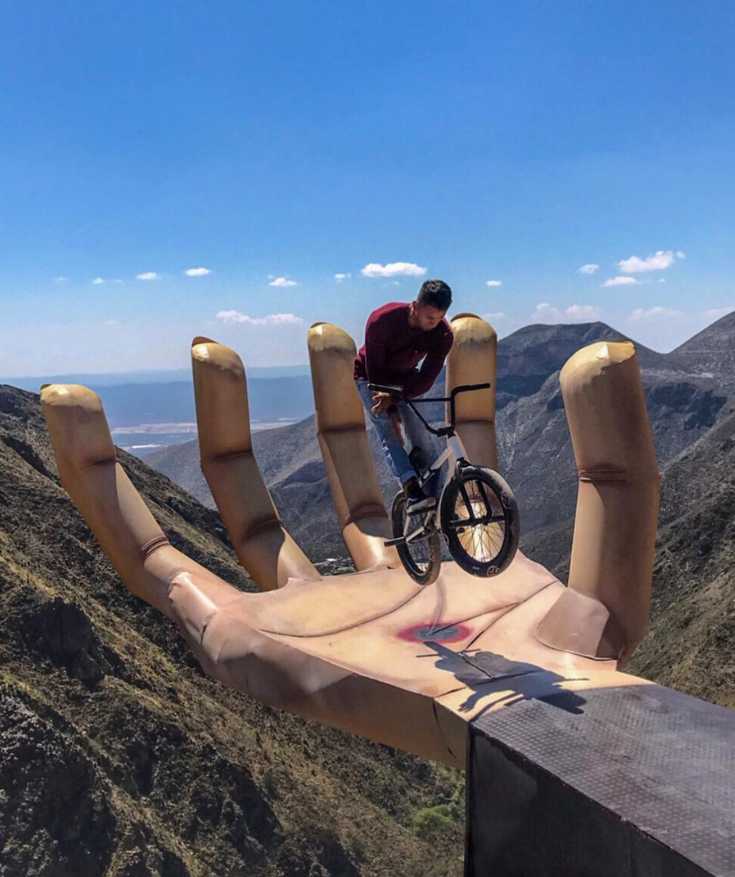
The Catholic pilgrims visit the Parish of Immaculate Conception on October 4, while the Huichol people pilgrimage to the Cerro Quemado in the Valley of Catorce every spring.
Real de Catorce is also a suitable filming location, with several Hollywood productions using Real de Catorce as a backdrop for their movies, such as Bandidas, The Mexican, The Treasure of Sierra Madre, and Puerto Escondido.
#34: Mineral del Monte (Hidalgo)
Mineral de Monte is a mining town in the state of Hidalgo. It’s located in the east-central region of Mexico. It was declared a Pueblo Magico in 2004 for its rich history and tradition.
It’s also a designated twin of another mining settlement, Pachuca, and together, they are called “Mexico’s Little Cornwall.”

The twinning ceremony was held in July 2008 at Real del Monte during the visit of the Cornish Mexican Cultural Society.
Some of the best attractions in this town are Centro Historico de Mineral del Monte, Museo del Paste, Edificio central de la UAEH, and Mina de Acosta.
#35: Isla Mujeres (Quintana Roo)
Isla Mujeres is an island in the State of Quintana Roo. It’s located about 13 km off the Yucatan Peninsula coast.
When the Spanish conquistadors arrived in the 16th century, they noticed many images of Maya goddesses on the island. Thus, they call it “isla mujeres” or Women Island.
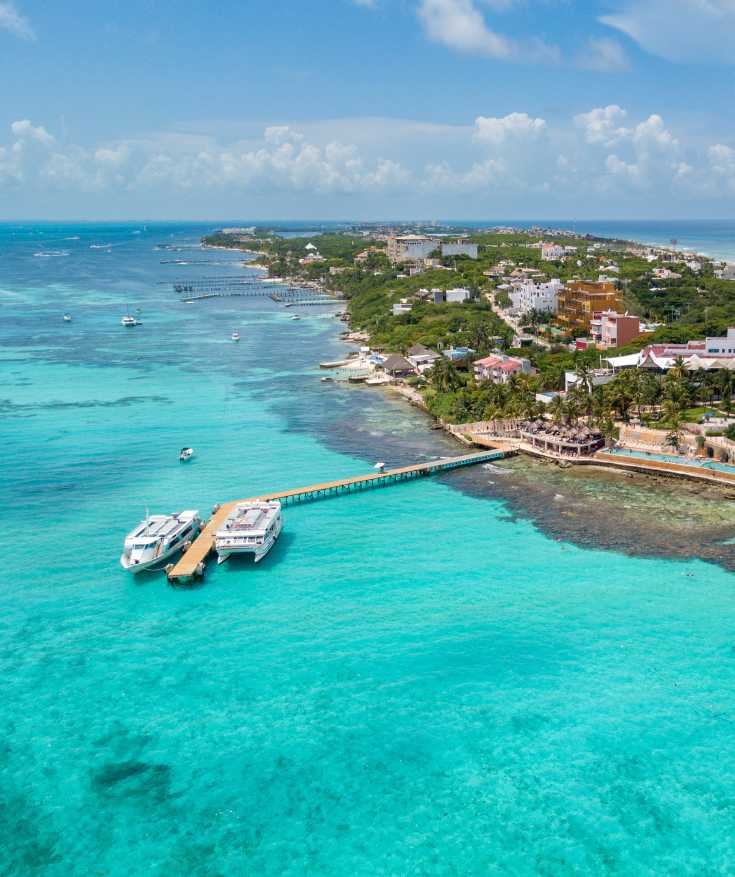
Today, it’s a favorite destination by Mexicans and foreign tourists thanks to its pristine beaches and charming towns.
It’s also a popular wedding venue, with most of the hotels and resorts hosting wedding ceremonies and receptions.
#36: Tulum (Quintana Roo)
Tulum is a city in the state of Quintana Roo. Its name means “fence wall” or “trench” in the Yucatan Mayan language.
Tulum is the site of the pre-Columbian Mayan walled city and is one of the last cities inhabited by the Mayan civilization.
The local government has well-preserved the Maya sites in Tulum; thus, the town attracts many tourists worldwide.

The key points of interest are the El Castillo, the Temple of Frescoes, and the Temple of the Descending God.
The town is also blessed with cenotes that are pretty popular with visitors, such as the Abejas, Calavera, Grand Cenote, Maya Blue, Naharon, Nohoch Kiin, Temple of Doom, Tortuga, Vacaha, and Zacil-Ha.
#37: Atlixco (Puebla)
Atlixco is a city in the state of Puebla known for producing ornamental plants and cut flowers. The city’s name came from a Nahuatl phrase for “water in the valley” or “water on the ground.”
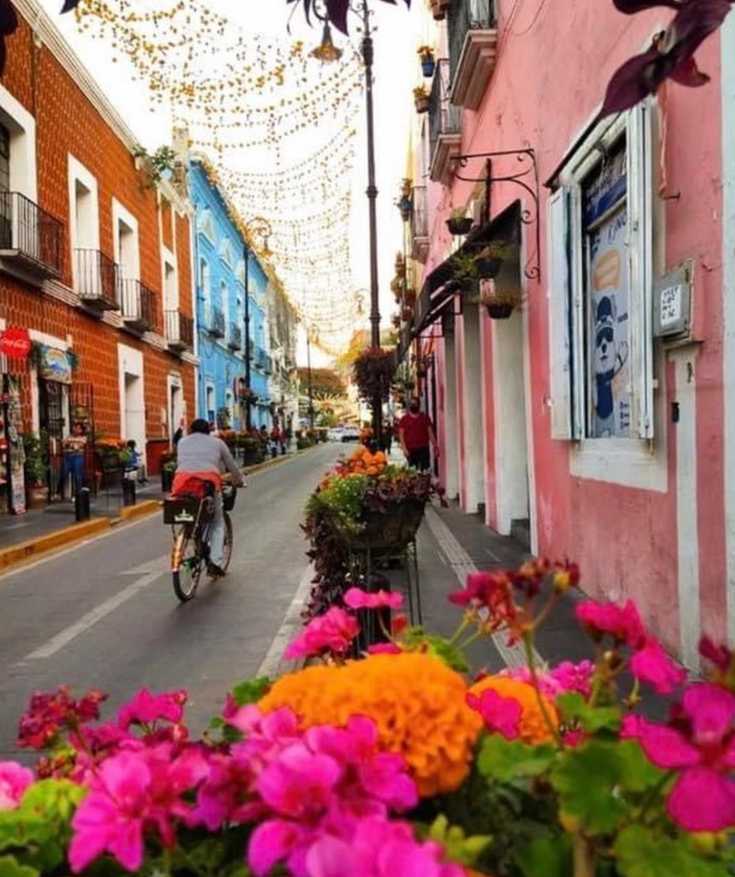
Apart from the breathtaking landscapes and 18th-century buildings, tourists visit Atlixco to witness the Huey Atlixcayotl festival. It’s been celebrated annually on the last Saturday of September since 1965.
The festival’s program and activities include, the selection of the Xochicihuatl, (festival queen), Las Canastas dance, and a grand parade participated by the eleven regions of Puebla.
#38: Cholula (Puebla)
Cholula is a city in the state of Puebla, divided into two districts: San Pedro Cholula and San Andres Cholula.
The whole district is called Distrito Cholula de Rivadavia, named after the first president of Argentina, Bernandino de Rivadavia.
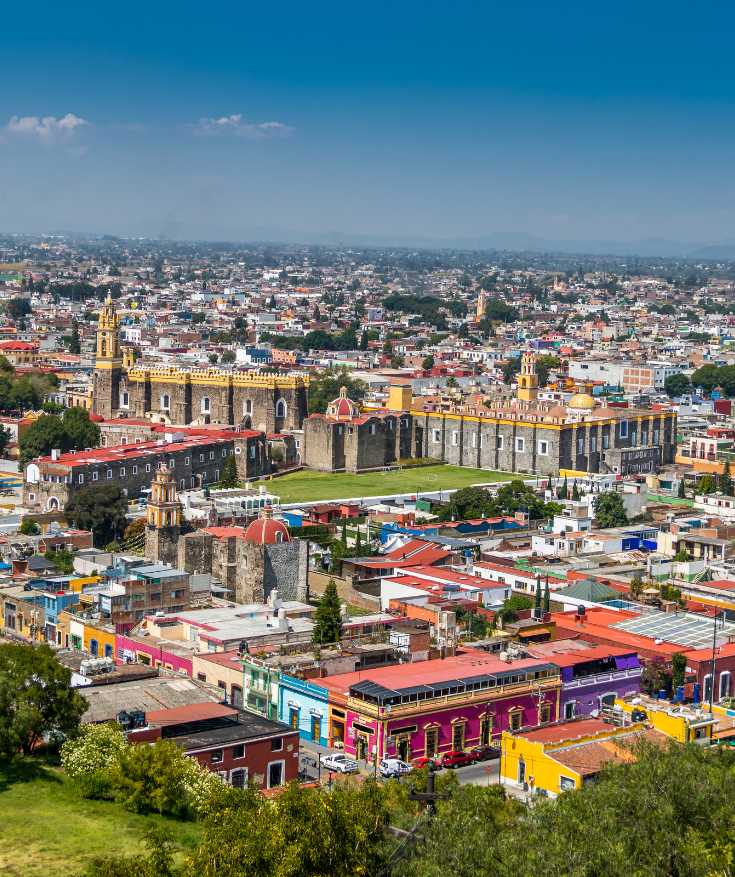
Cholula became a Pueblo Magico in 2012 because of its archaeological sites, the most famous of which is the Great Pyramid, also known as Tlachihualtepetl.
It is the world’s largest monument and pyramid, even bigger than Egypt’s Great Pyramid of Giza.
#39: Zacatlan de Las Manzanas (Puebla)
📍 Zacatlan de Las Manzanas Mexico
Zacatlan is a city in the Sierra Norte de Puebla region of Puebla. The city’s name means “place of zacate grass” in the Nahuatl language. It was designated as Pueblo Magico in 2011.
Zacatlan is one of the biggest producers of apples, cider, and fruit wines, which they promote during the Feria de La Manzana and Festival de la Sidra.
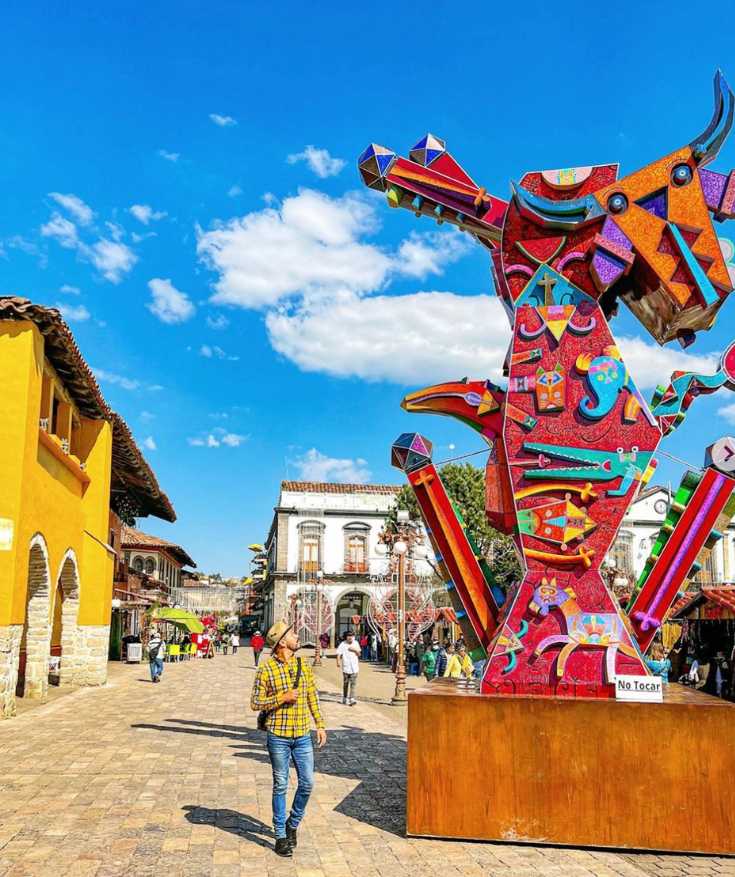
It’s also known as the birthplace of the first clock factory in Latin America, the Relojes Centenario.
Like some magical towns in Mexico, Zacatlan has traditional white houses with red tile roofs.
#40: Mitla (Oaxaca)
Mitla is a town in the state of Oaxaca. The name was derived from the Nahuatl word “Mictlan,” meaning “place of the dead.”
It joined the Mexico Pueblo Magicos list in 2015 because it’s the second-most important archeological site in Oaxaca, Mexico.
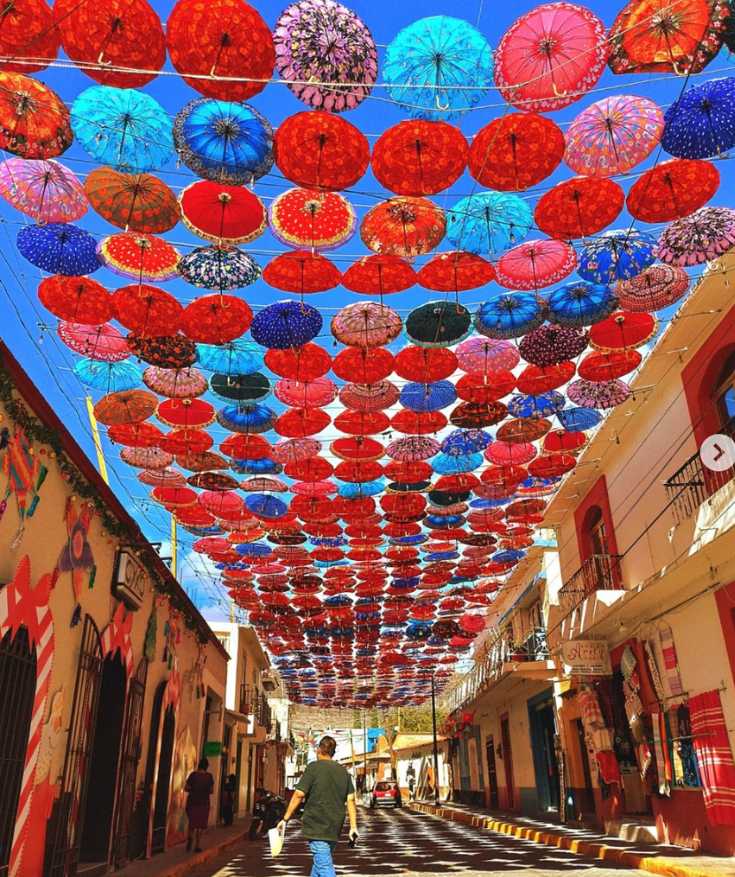
Mitla has the most elaborate and intricate mosaic fretwork out of all Mesoamerican sites. The oldest buildings on the site date back to between 450 and 700 CE.
Today, it’s the second most visited archeological site Oaxaca next to Monte Alban.
#41: Santa Catarina Juquila (Oaxaca)
📍 Santa Catarina Juquila Mexico
Santa Catarina Juquila is a town in the state of Oaxaca. It is one of the recently recognized Pueblo Magicos, having received the status in 2020.
The name came from “Xuhquililla,” meaning “place of blue milkweed.”
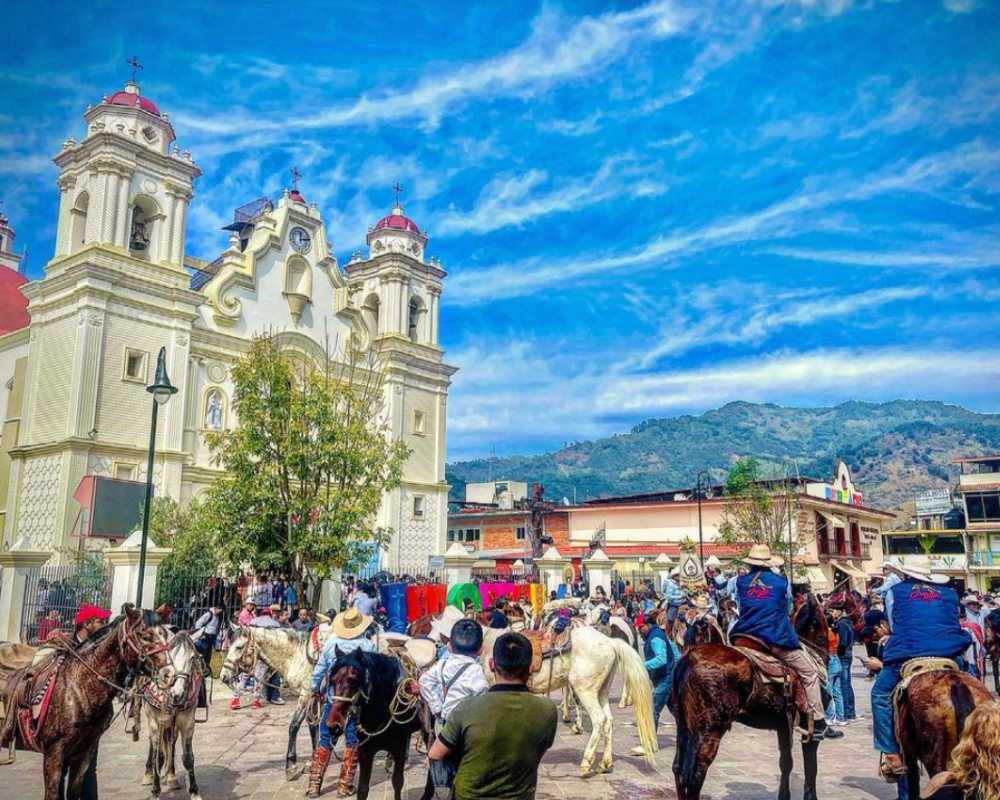
The most famous attraction in the town is Santuario de Juquila. It has a 30-centimeter statue of the Virgen de Juquila from the 16th century.
Thousands of devotees and tourists visit the town to see this religious relic, which has helped boost tourism in the region.
#42: El Fuerte (Sinaloa)
El Fuerte is a municipality in the state of Sinaloa. The name means “The Fort.” It became a Pueblo Magico in 2009 because of its illustrious past and Spanish-colonial architecture.
It was founded in 1563 by Francisco de Ibarra, a Spanish conquistador. The fort, for which it got its name, was built in 1610 to fend off the Zuaque and Tehueco Native Americans.
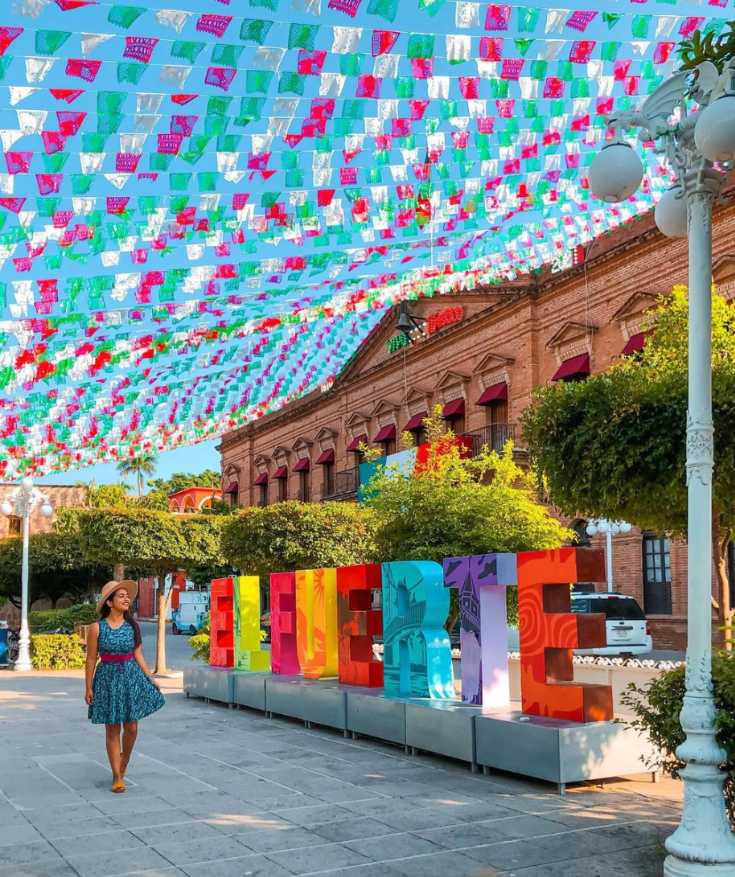
The economy of El Fuerte relies heavily on tourism. The main attractions are Plaza de Armas, Temple of the Sacred Heart of Jesus, Municipal Palace, Casa de la Cultura, and Museo Mirador del Fuerte Sinaloa.
#43: Magdalena de Kino (Sonora)
Magdalena de Kino is a city in Sonora and the only Pueblo Magico from the said state. It was included as Mexico’s magical town in 2012 for its historical and architectural preservation efforts.
Its first inhabitants are Native Americans, the Papagos (Tohono O’odham), and Pimas (Akimel O’odham). In 1687, Father Eusebio Francisco Kino (a.k.a. Father Kino), a Jesuit and missionary, arrived in the region to re-establish the Hispanic settlement.
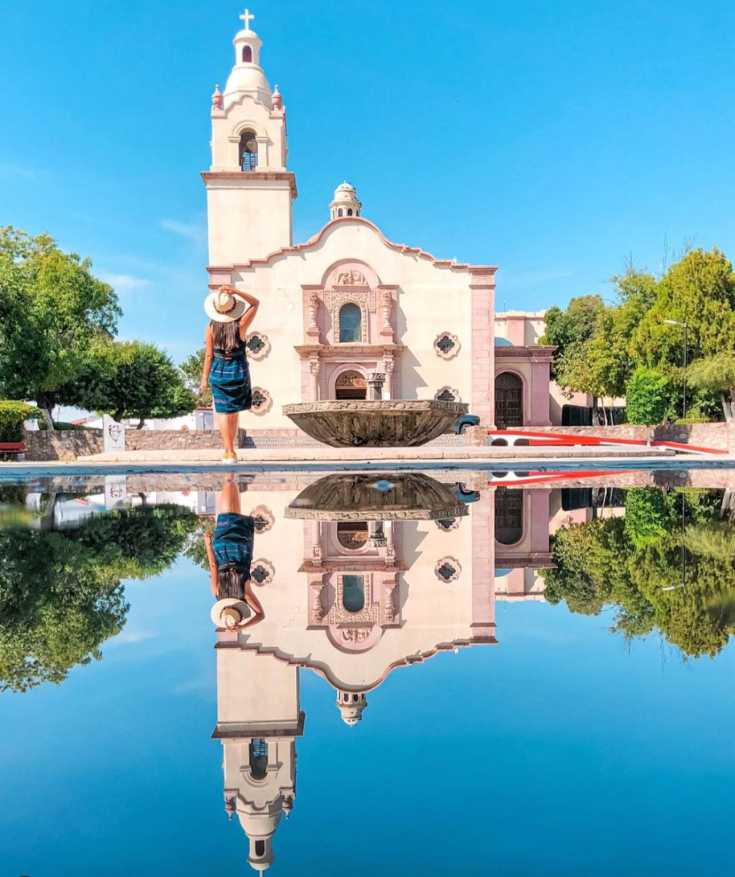
The city was initially called Santa Maria Magdalena de Buquivaba and was renamed Magdalena de Kino in 1966 after Father Kino.
Some of the best places to see in Magdalena de Kimo are the Temple of Santa Maria Magdalena, the Grave of Father Kino, The Father Kino museum, and the Mausoleum of Luis Donaldo Colosio Murrieta and wife Diana Laura Riojas de Colosio.
#44: Tapijulapa (Tabasco)
Tapijulapa is a mountain community in Tacotalpa in the state of Tabasco.
It was named a Pueblo Magico in 2010 for maintaining the old architecture of the houses (white-painted with red-tiled roofs) and the vintage vibe in the whole city.

Its most famous landmark is the town church called Santiago Apostol (Apostle James).
Tapijulapa also has an ecological park called Kolem Jaa, believed to be one of the largest in Latin America. The city is also known for a festival in honor of the Maya God of Rain, Chaac.
#45: Ciudad Mier (Tamaulipas)
Ciudad Mier (or, simply, Mier) is a city in Tamaulipas in the northern part of Mexico. It was founded in 1753 by Felix de Almandoz, the original landowner.
The town was named after the governor of Nuevo Leon, Francisco Mier y Torre. Mier became a Pueblo Magico in 2007 for its well-preserved architecture and rich history.

Some of the best things to do in Mier are visiting the Falcon Dam, the largest dam in Mexico; checking out the flooded city; taking guided tours on Bravo, Alamo, and San Juan rivers; trying the local dish, goat in salsa; and buying ceramics.
#46: Tlaxco (Tlaxcala)
Tlaxco is a municipality in the state of Tlaxcala. Its name means “place of ball game” from the Nahuatl word “tlachtli.” It’s one of the two Pueblo Magicos from Tlaxcala and received the status in 2015.
Like the rest of Mexico’s magical towns, Tlaxco retained its old buildings, like the 25 haciendas from the 16th century.
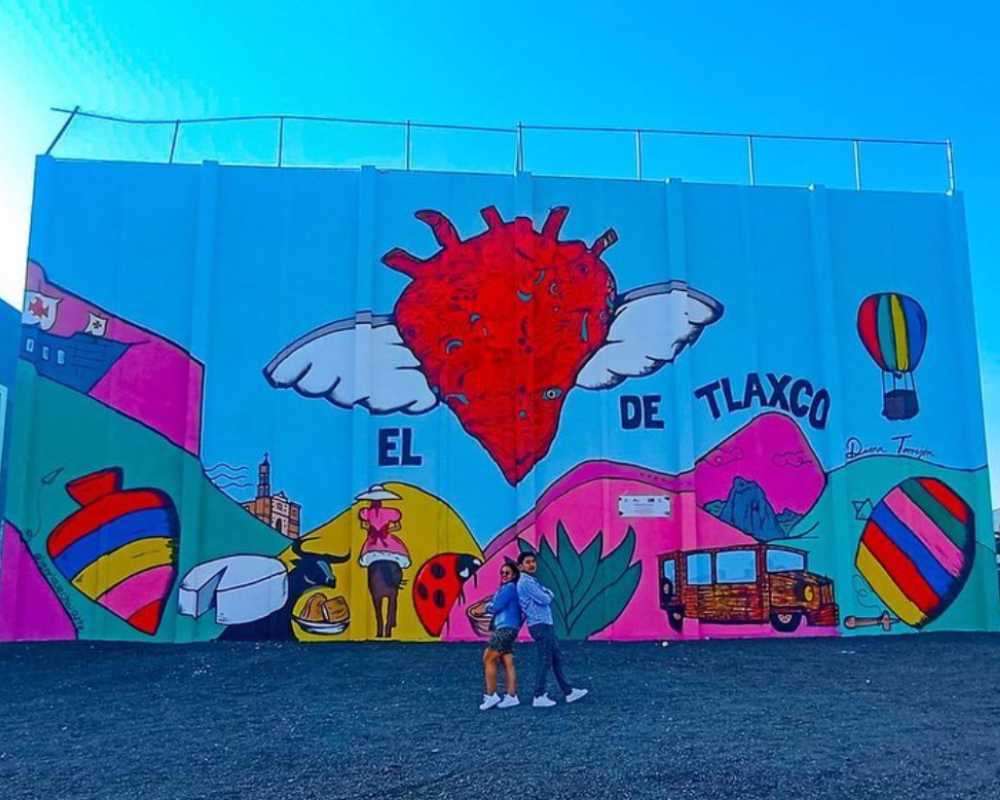
Another interesting site in this town is the underground tunnels beneath a church, said to have been used as shelters during the Mexican Revolution in the 1910s.
Visitors may check out these tunnels through guided tours. Tlaxco is also one of the best places to try the traditional alcoholic drink called Pulque.
#47: Izamal (Yucatan)
Izamal is a small city in the state of Yucatan, also called The Yellow City and The City of Three Cultures. It was named a Pueblo Magico in 2002.
The most visited Mayan ruins in Izamal are the Archaeological Zone of Izamal, El Conejo, Habuk, Itzamatul Pyramid, Kinich Kakmo Pyramid, and the Temple of Kabul.
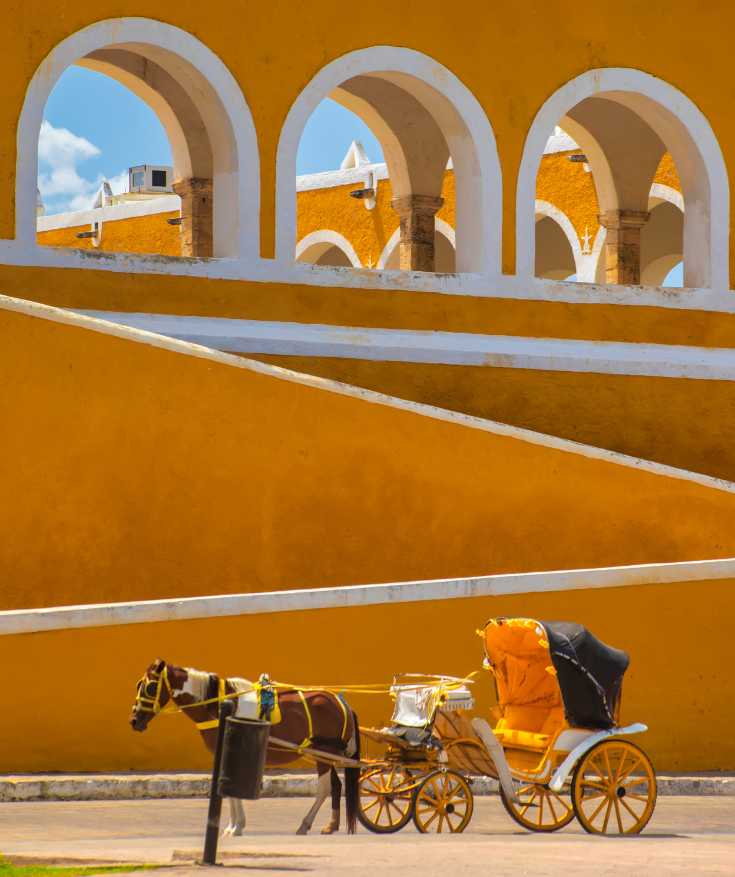
Apart from the Maya ruins, Izamal is best known for its yellow-painted houses, thus the nickname, The Yellow City.
Izamal Convento de San Antonio is another popular attraction, and it’s also painted yellow. The convent has the largest enclosed atriums in the world.
#48: Valladolid (Yucatan)
Valladolid is a city in Yucatan in the state’s eastern region. It was named after a city in Spain. It was founded in 1543 by the nephew of Francisco de Montejo, a Spanish conquistador.
Valladolid became a Pueblo Magico in 2012 for its architecture, arts and craftsmanship, and natural surroundings.
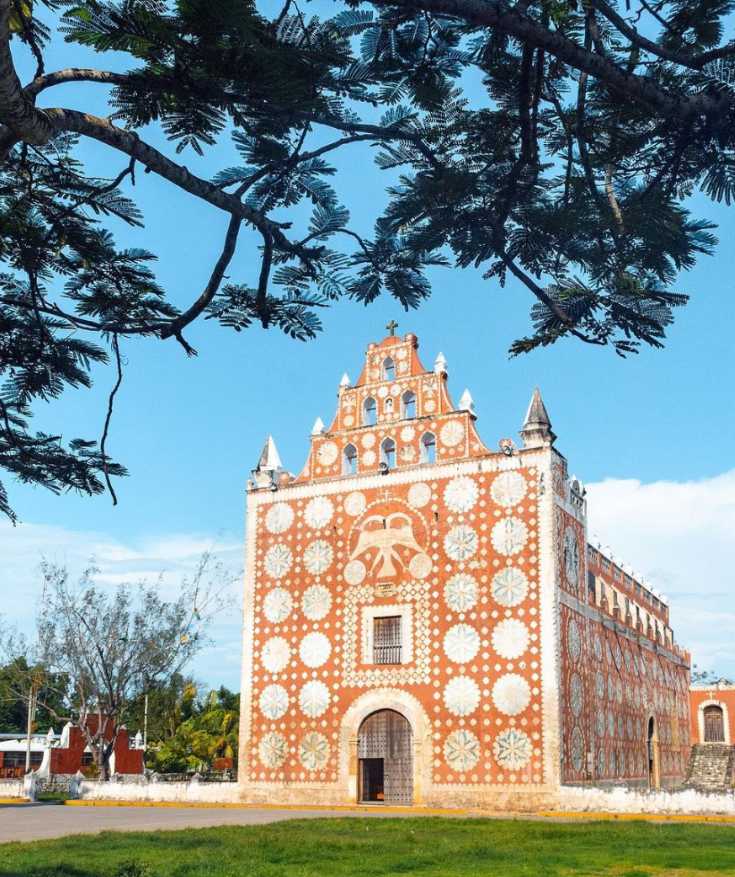
However, it was relocated atop Zaci-Val, a Maya town, after the petition of the first Spanish settlers who complained about the humidity of the previous site.
One unique feature of Valladolid is a cenote amid the city called Cenote Zaci. Visitors go there to enjoy swimming, cliff jumping, and snorkeling.
#49: Guadalupe (Zacatecas)
Guadalupe is a city in the state of Zacatecas. It’s named after the Convent of Guadalupe, a sanctuary within the town. It became a Pueblo Magico in 2018.
Likewise, the city is included in the “Camino Real de Tierra Adentro,” a declared UNESCO World Heritage Site.
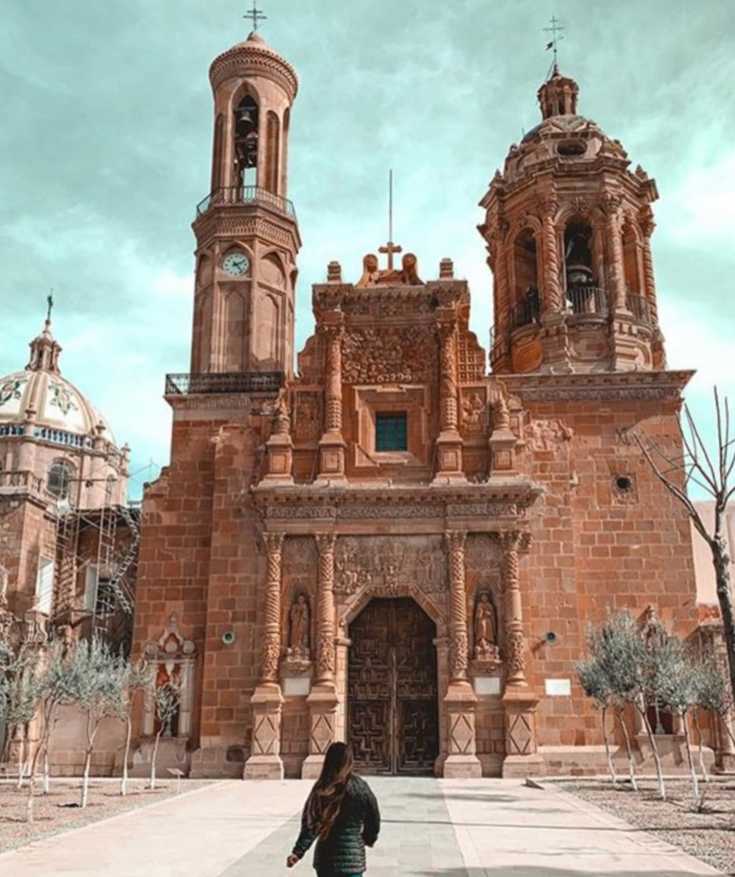
There are many great attractions in Guadalupe, such as the Municipal Historical Archive, the Chapel of Naples, the Chapel of the Conciliar Seminary of Zacatecas, the Viceregal Library, the Big House of the Tacoaleche, Centennial Ecopark, Zoquite Community and Ecotourism Museum, and Guadalupe Museum.
Tourists may also enjoy some of the best Zacatecan foods in Guadalupe, like charro beans, gorditas with stews, pozole, and maguey or prickly pear honey.
#50: Jerez de Garcia Salinas (Zacatecas)
📍 Jerez de Garcia Salinas Mexico
Jerez de Garcia Salinas is a town in the municipality of Jerez, under the state of Zacatecas.
It was named after Jerez de Garcia Salinas, a reformer from the 19th century. It was included in the Pueblo Magico list in 2007 for its rich culture and architecture.
Jerez’s economy is based on agriculture and is known mainly for peaches and apricots farming and the dairy industry.
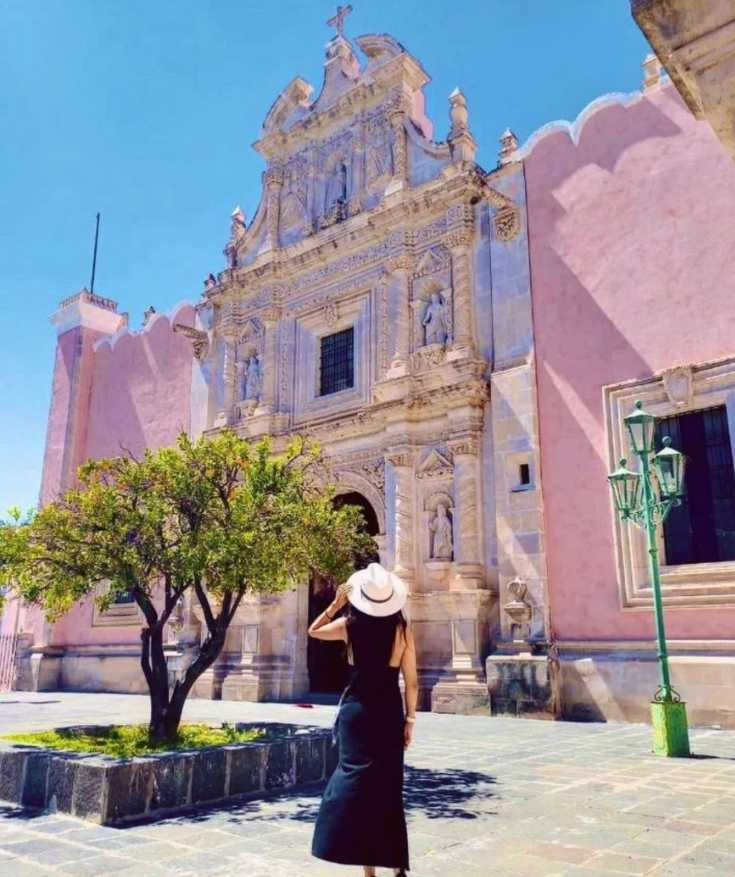
The people here also create handicrafts, like saddles, boots, and belts. They also have gold and silver jewelry and gold filigree half-moon earrings.
Some of the best attractions in the city are Teatro Hinojosa, Casa Ramon Velarde, Santuario de la Virgen de la Soledad, and Jardin Rafael Paez.
🏛️ How many magical towns are in Mexico?
There are over 132 magical towns in Mexico. Many of these villages are considered tourist destinations, attracting millions of visitors yearly.
🎉 What is the prettiest pueblo magico in Mexico?
There are many beautiful towns in Mexico; thus, it’s hard to pinpoint which one is the prettiest.
However, out of the 132 towns, San Cristobal de las Casas from the state of Chiapas is recognized as the “The most Magical of the Pueblos Magicos” by former Mexican President Filipe Calderon in 2010.
🎊 Is Oaxaca a pueblo magico?
Oaxaca is one of the 32 Mexican states; technically, it cannot be called a pueblo magico as the term refers to a town. However, the state has many beautiful towns; six have been declared pueblo magicos.
The six Mexico pueblos magicos of Oaxaca are Mazunte, San Pablo Villa de Mitla, Huautla de Jimenez, Capulalpam de Mendez, San Pedro y San Pablo Teposcolula, and Santa Catarina Juquila.
